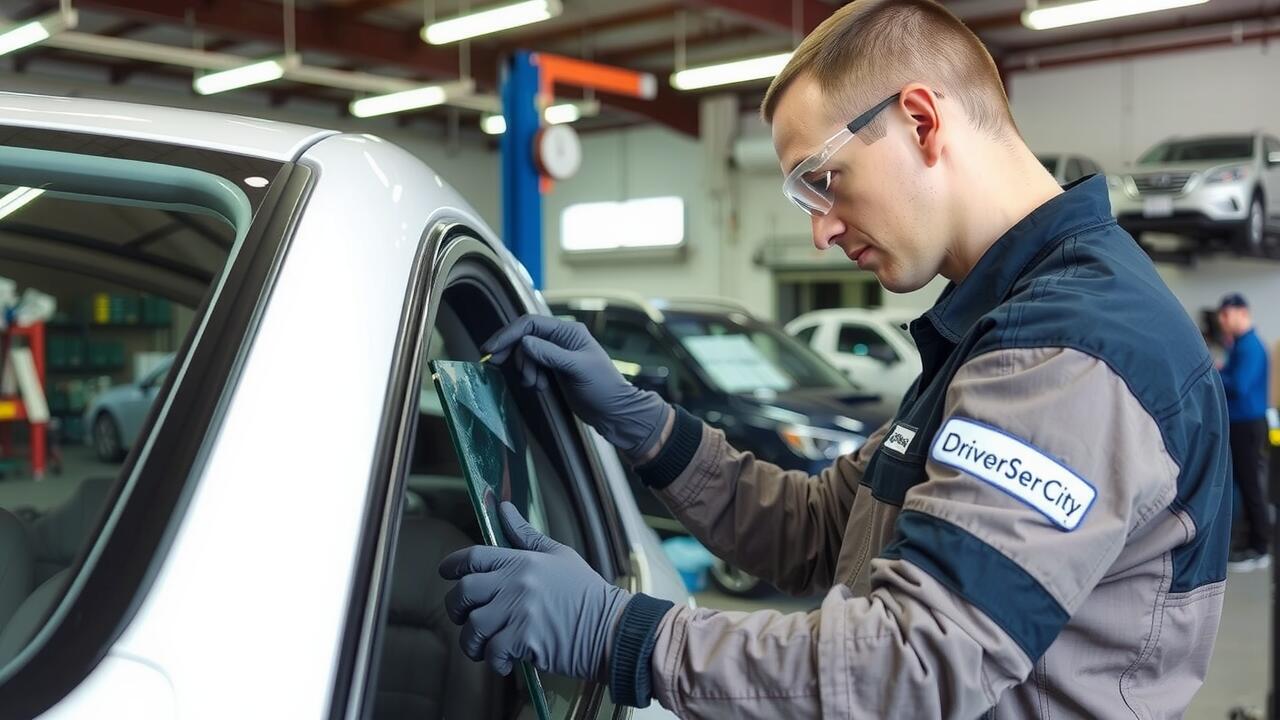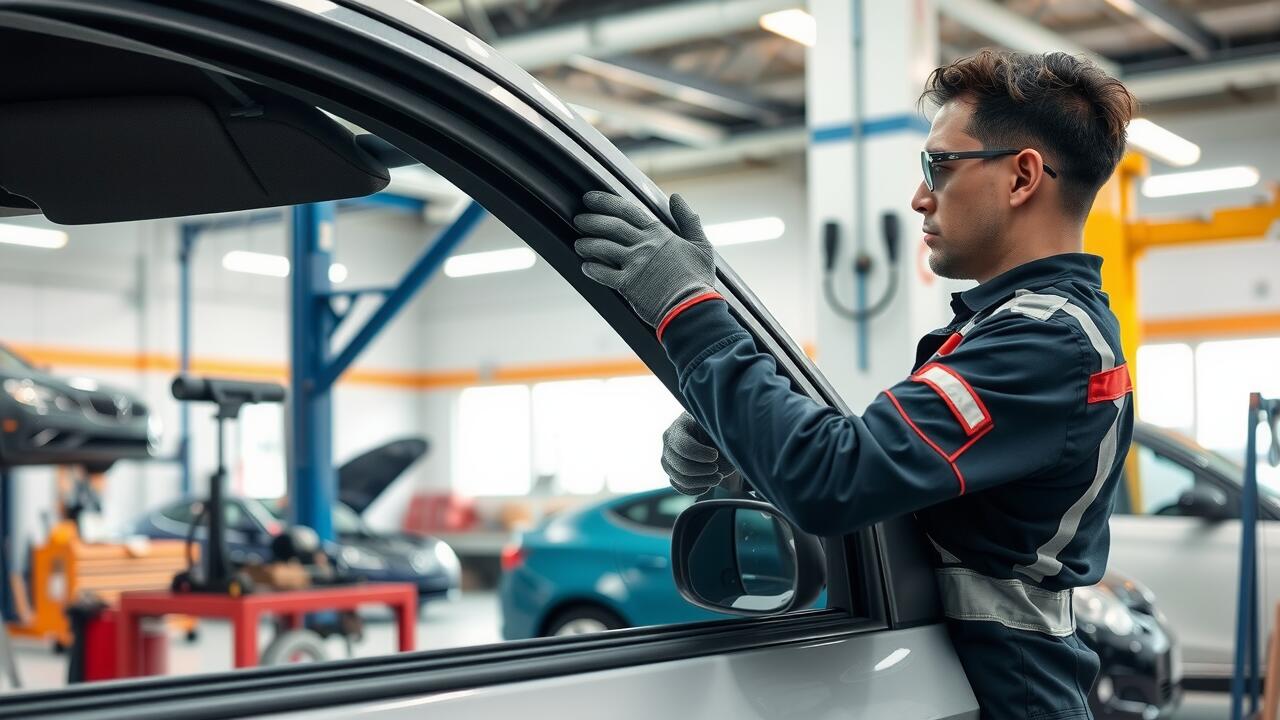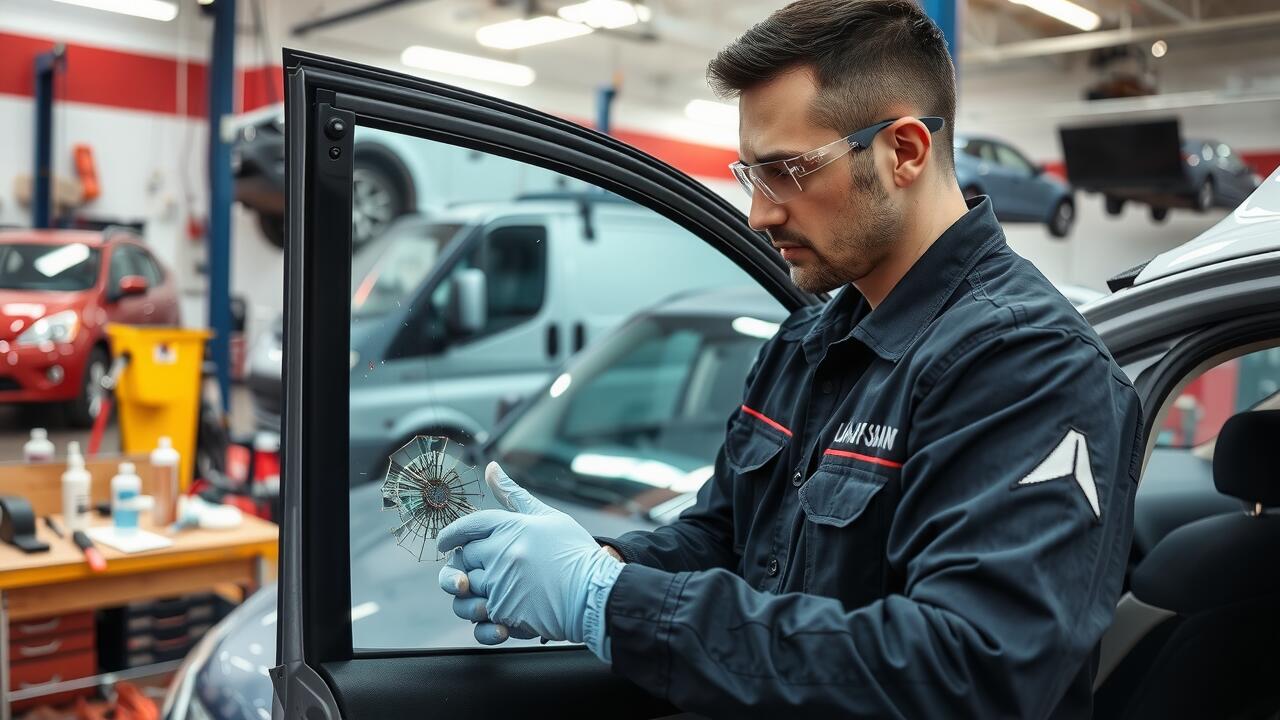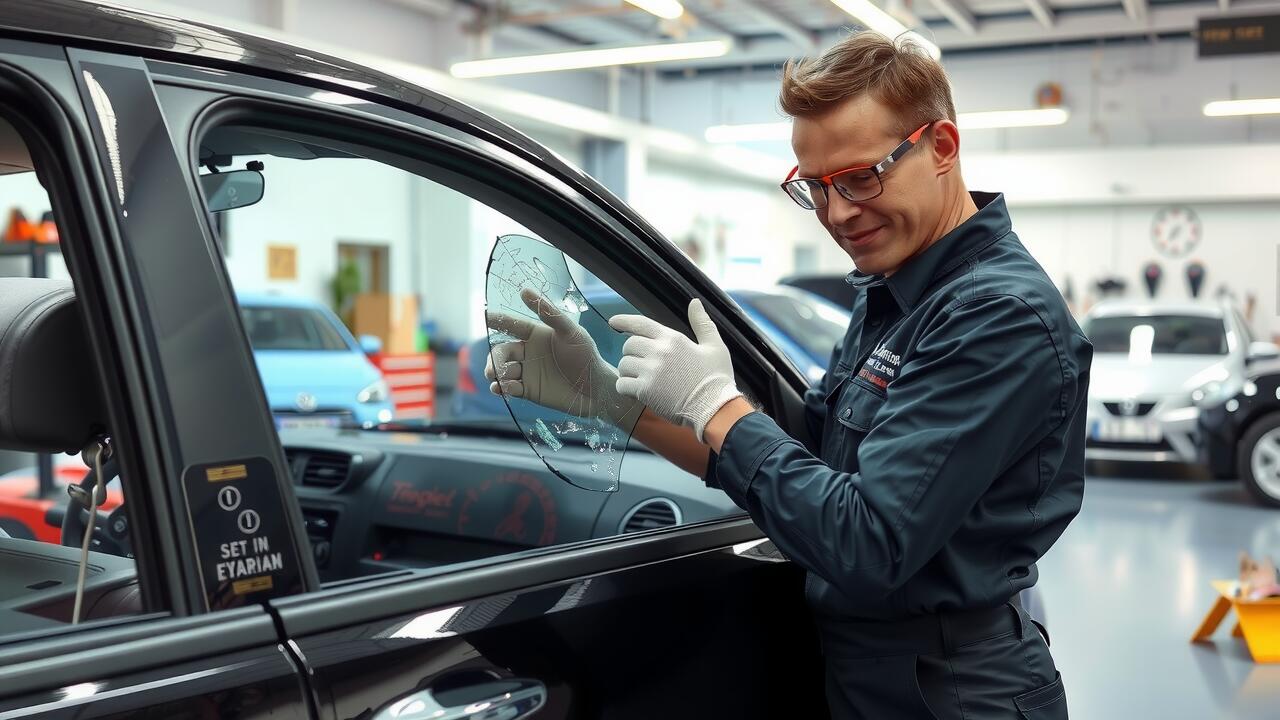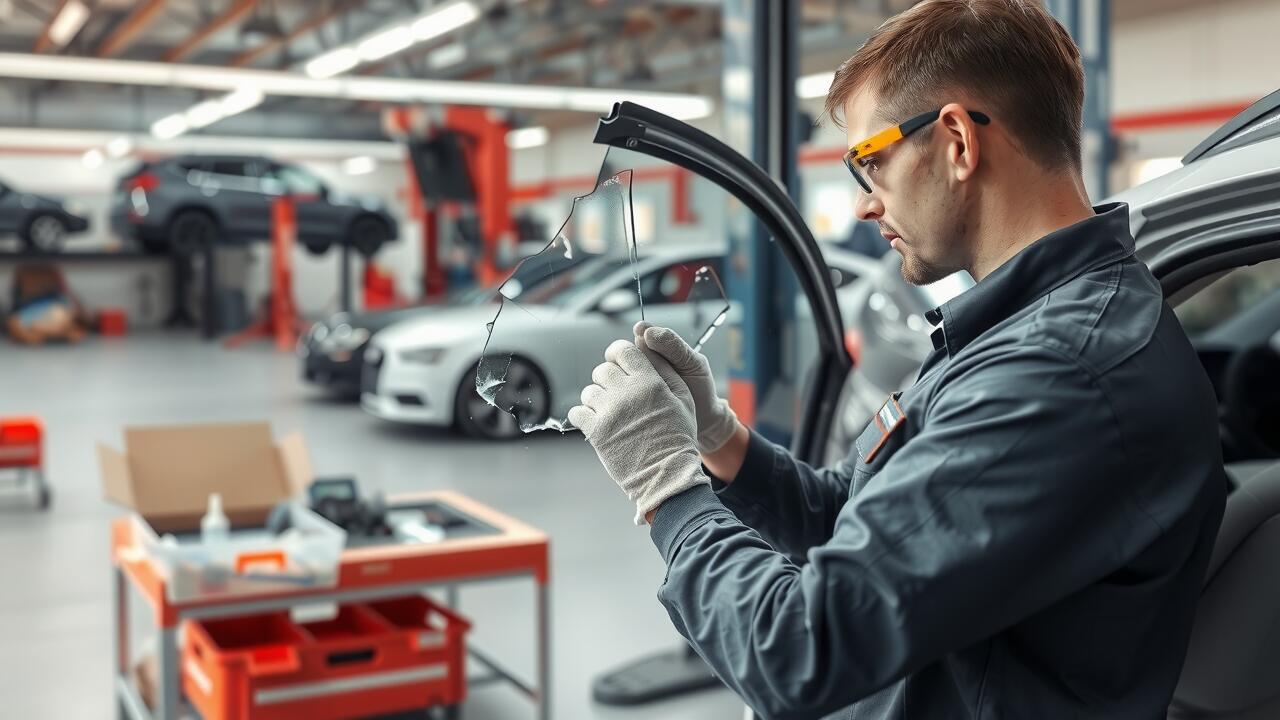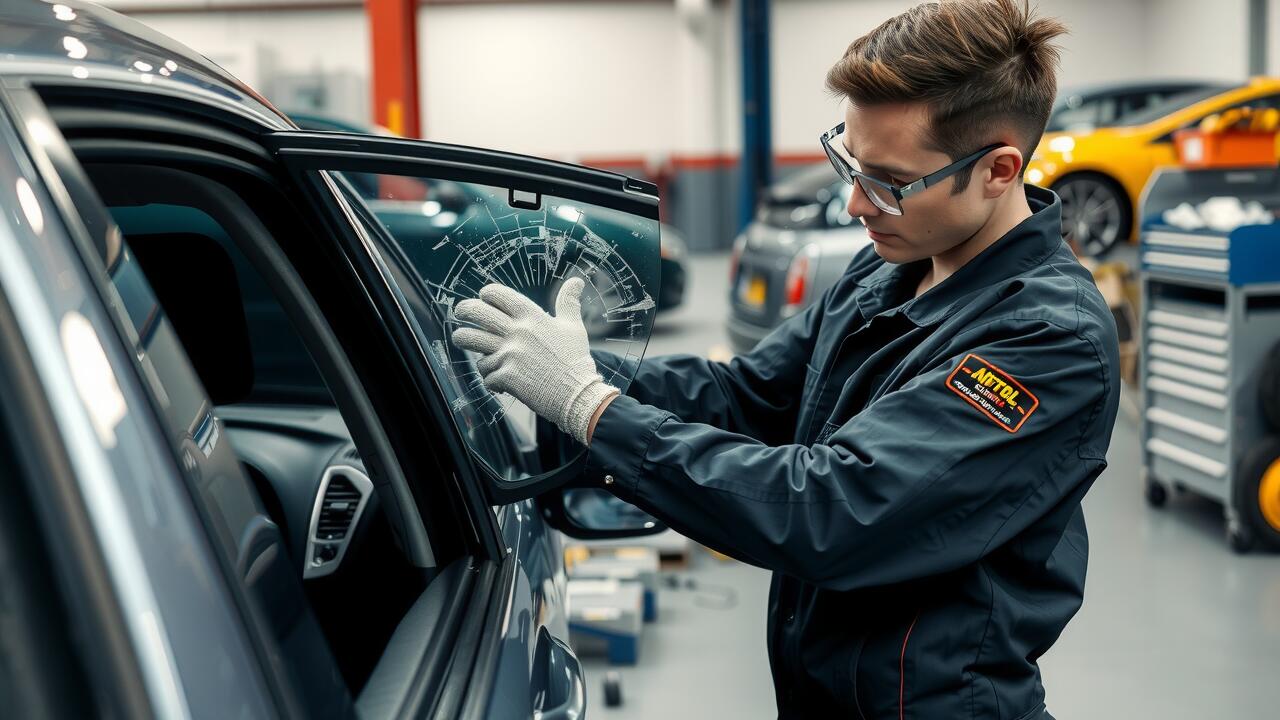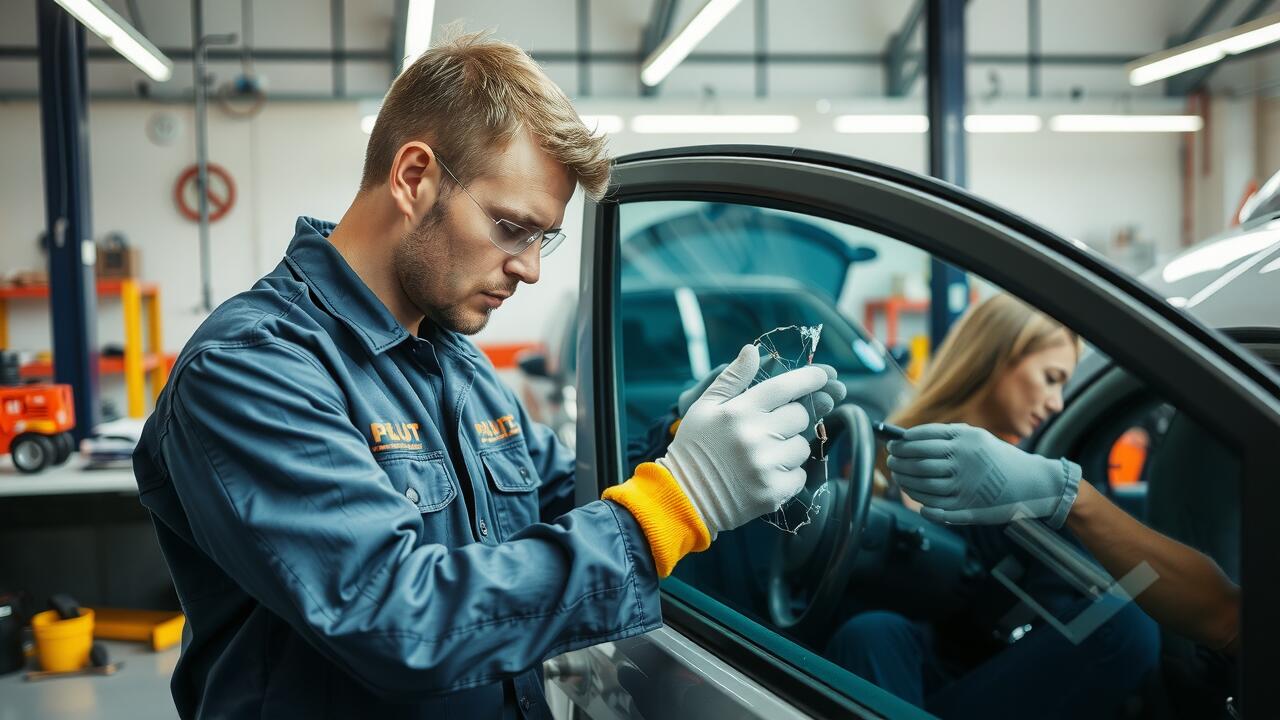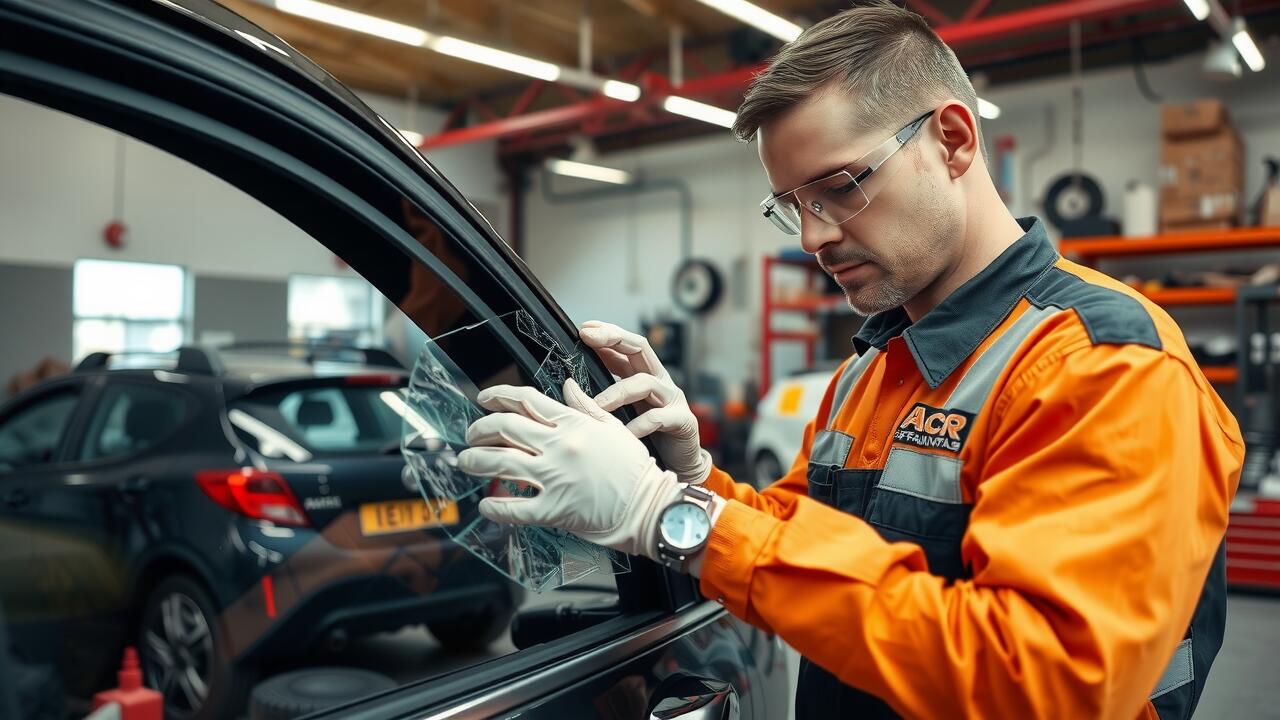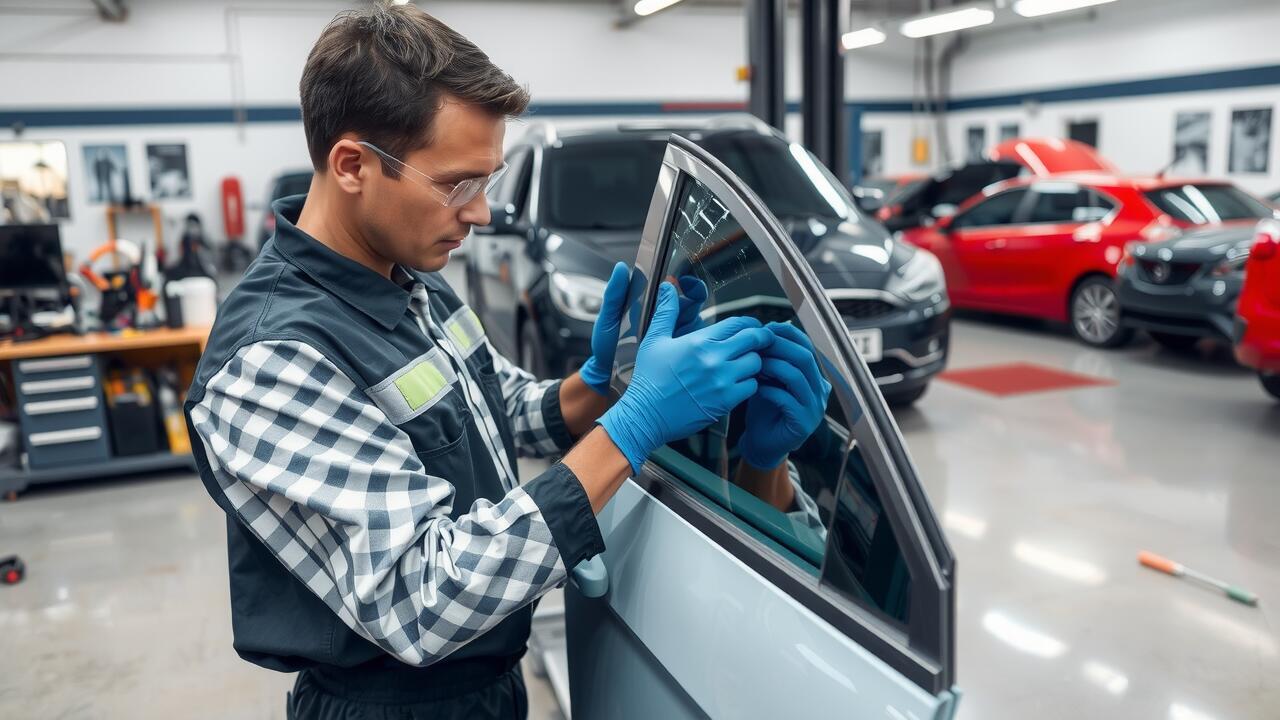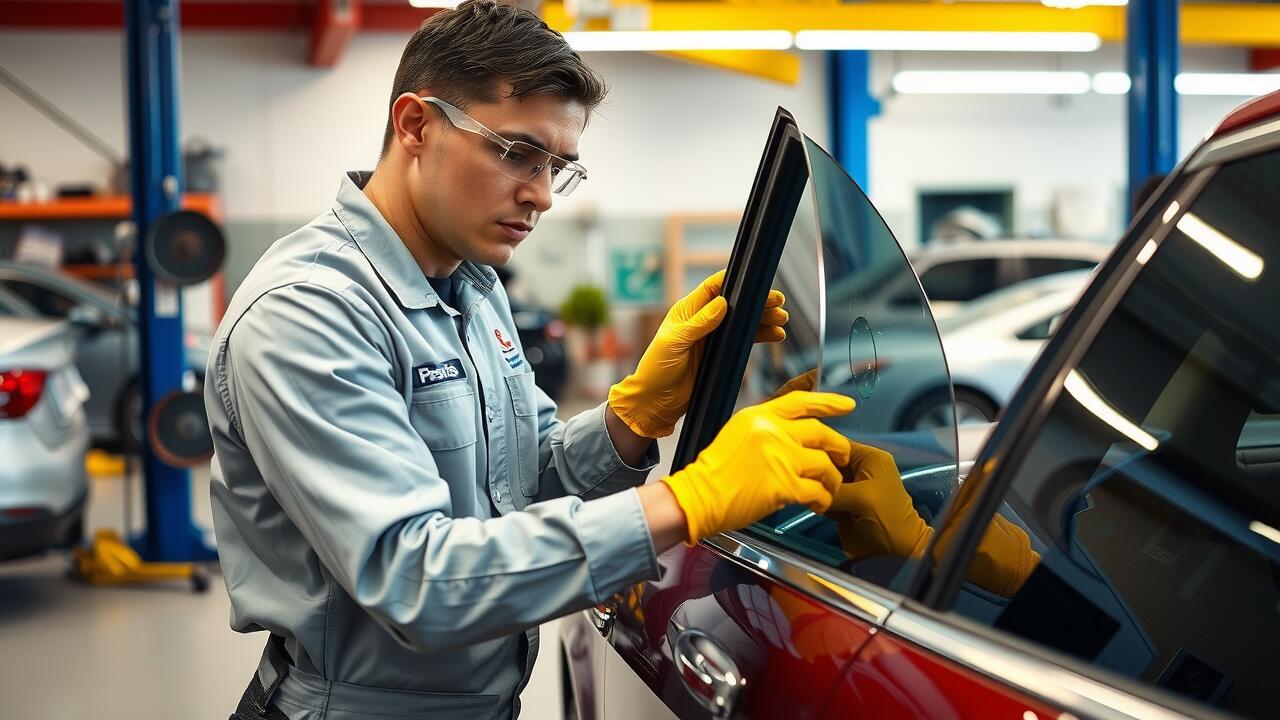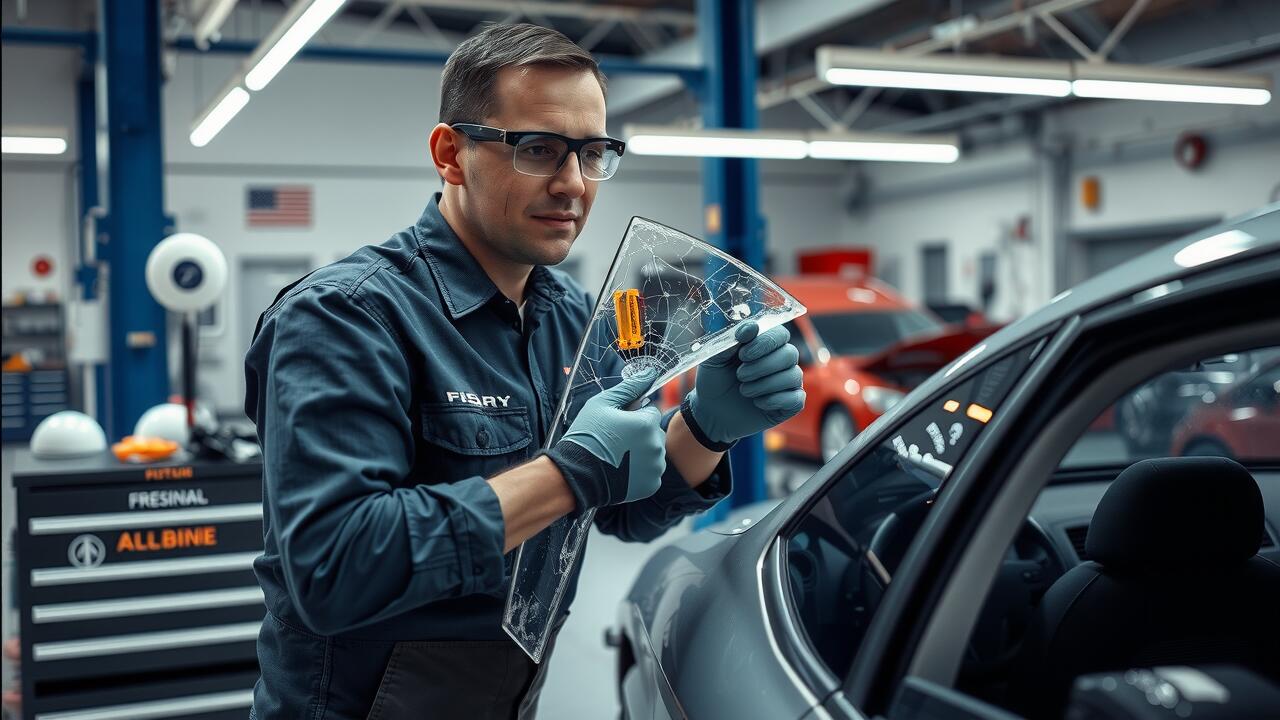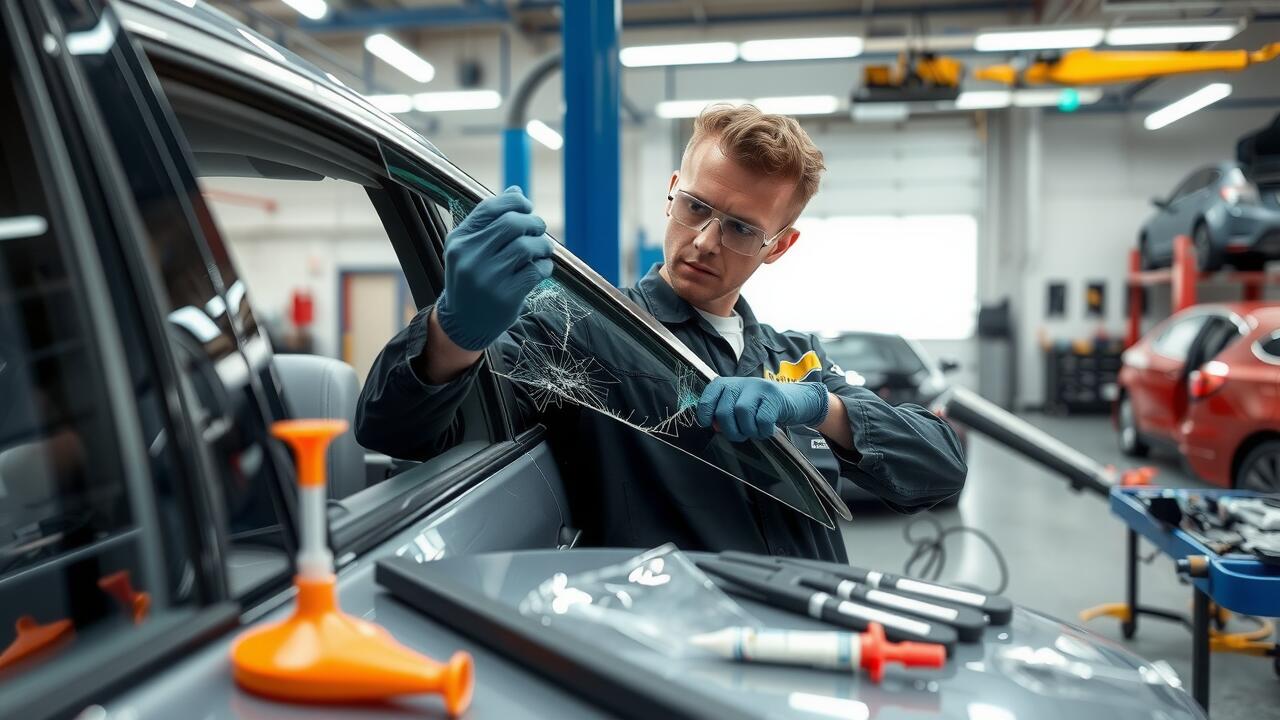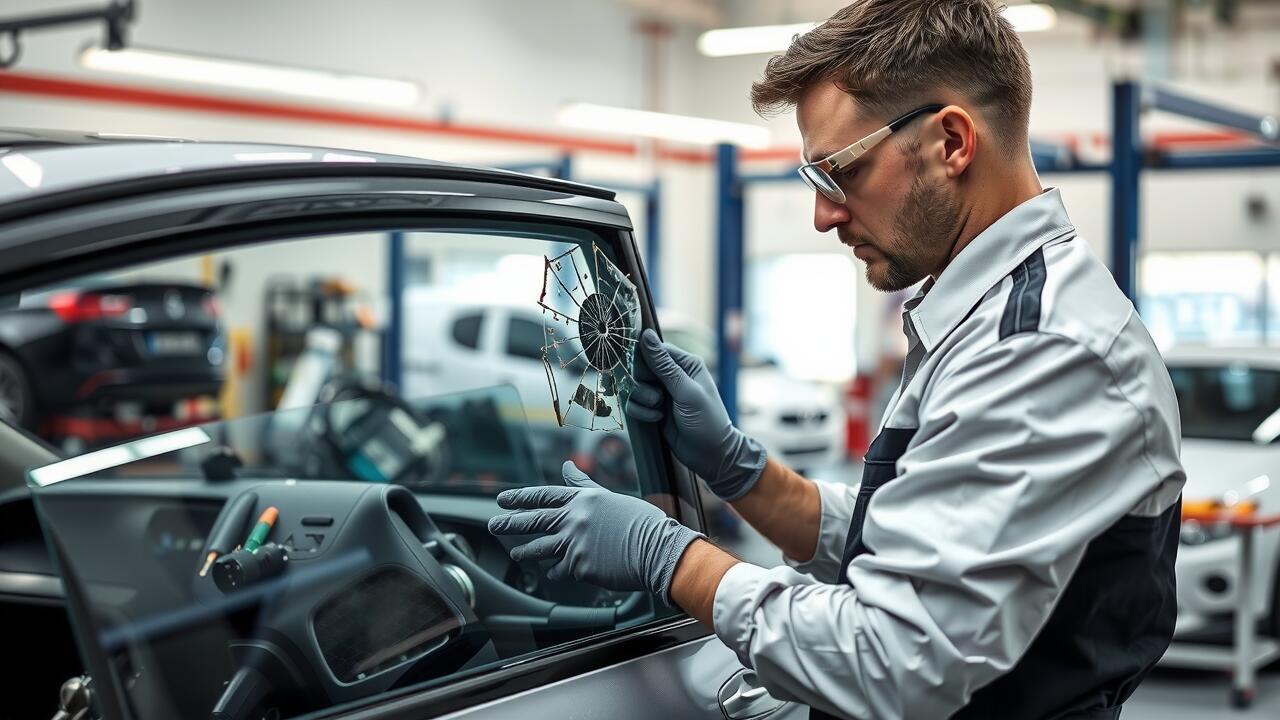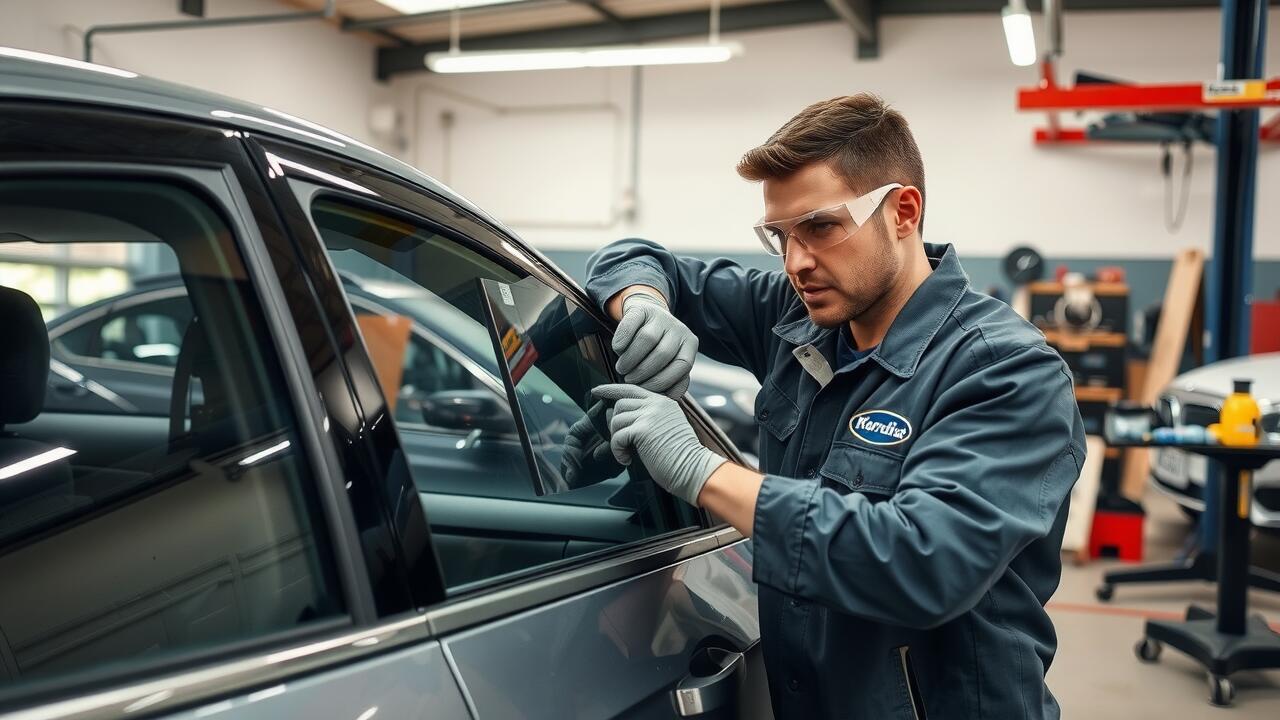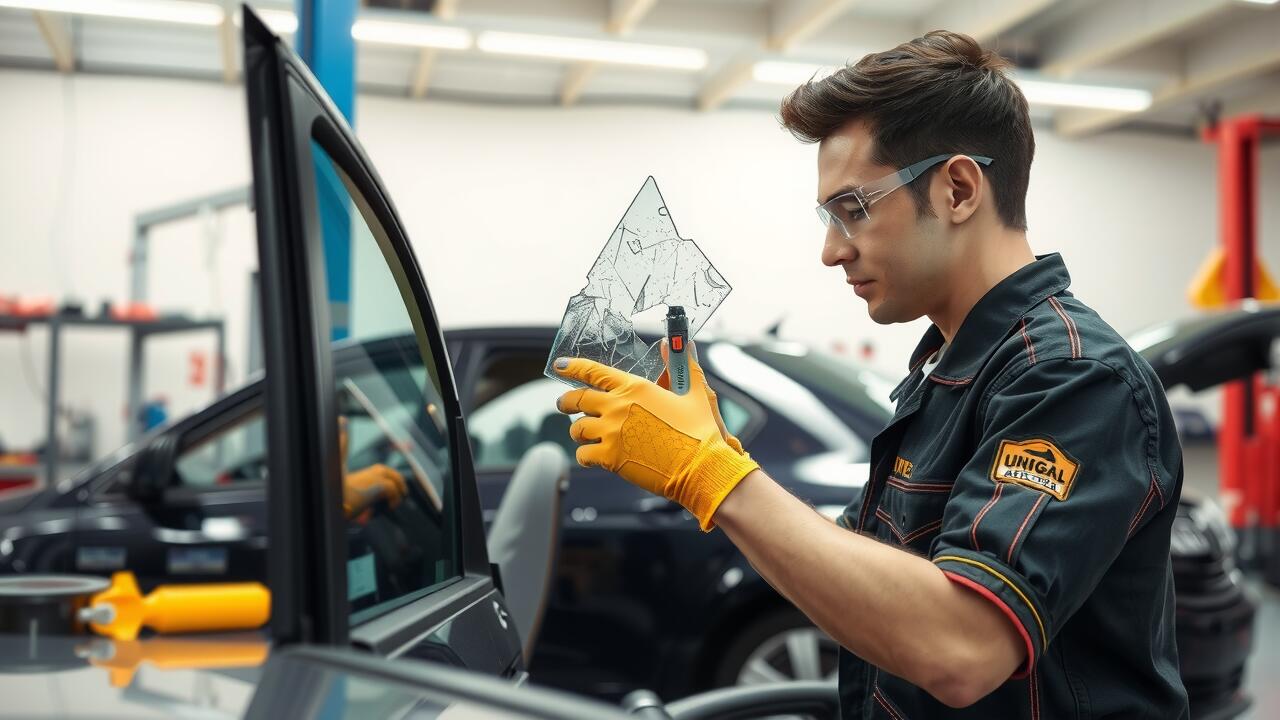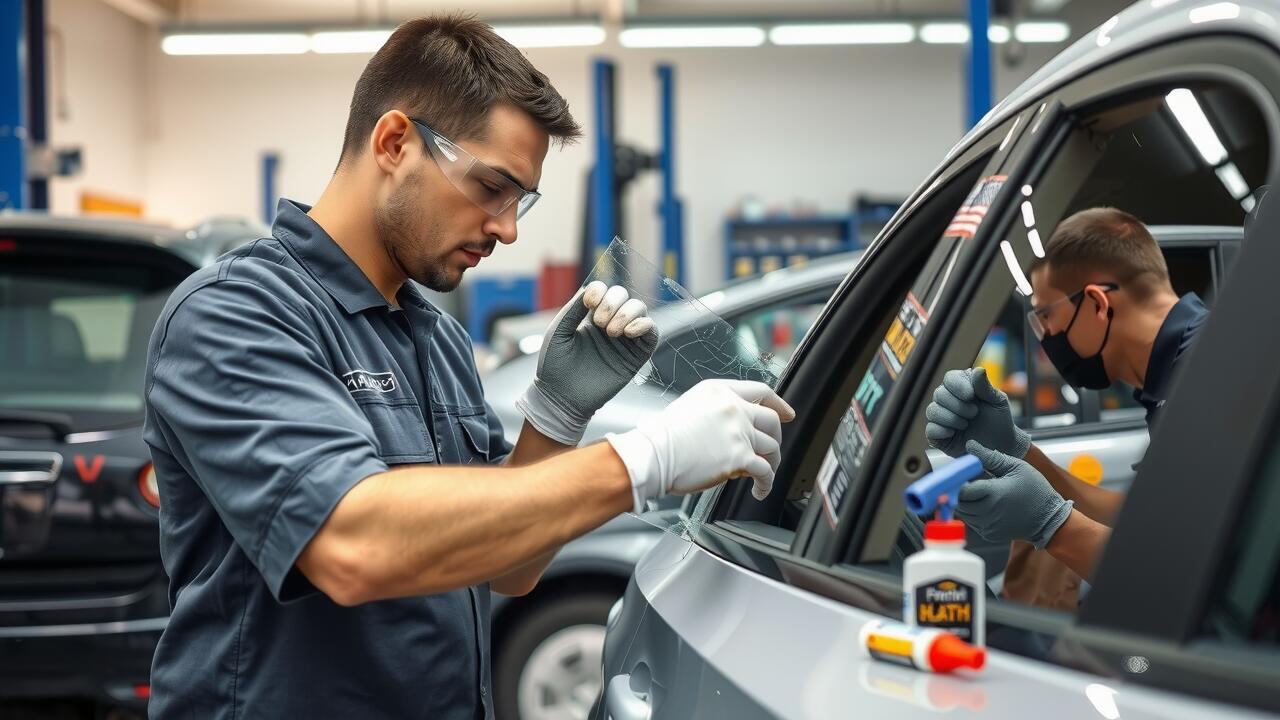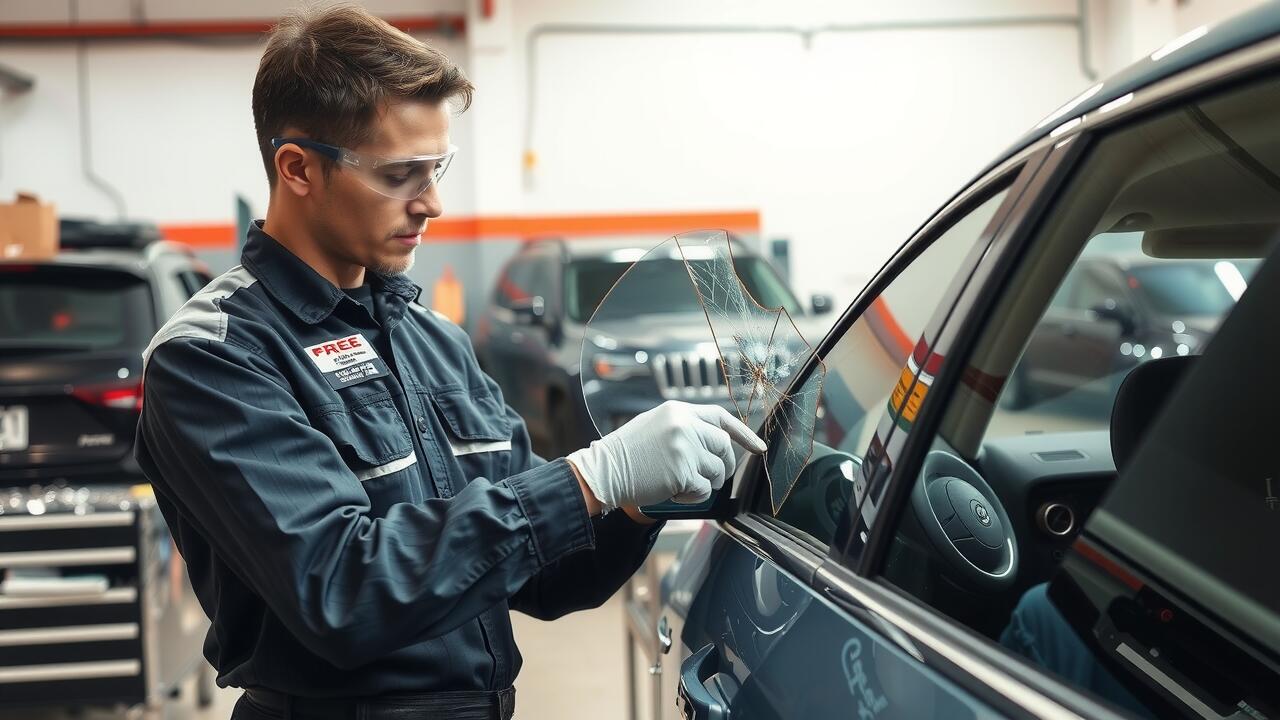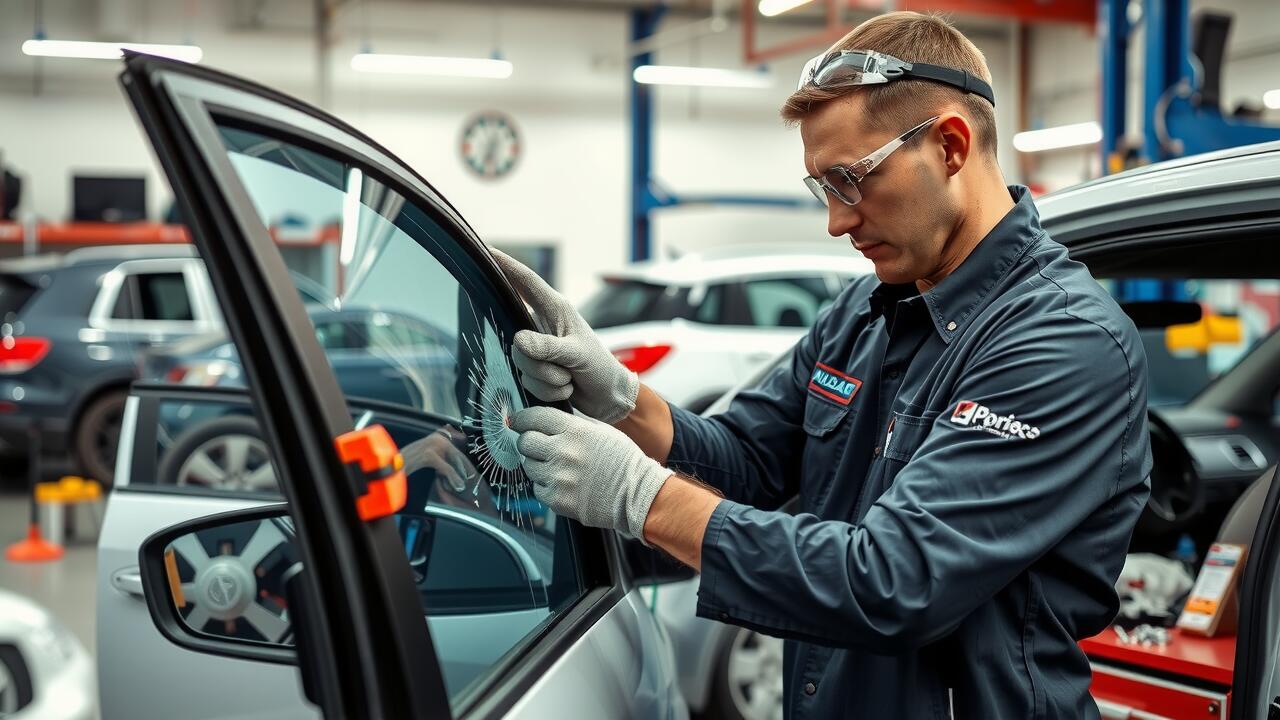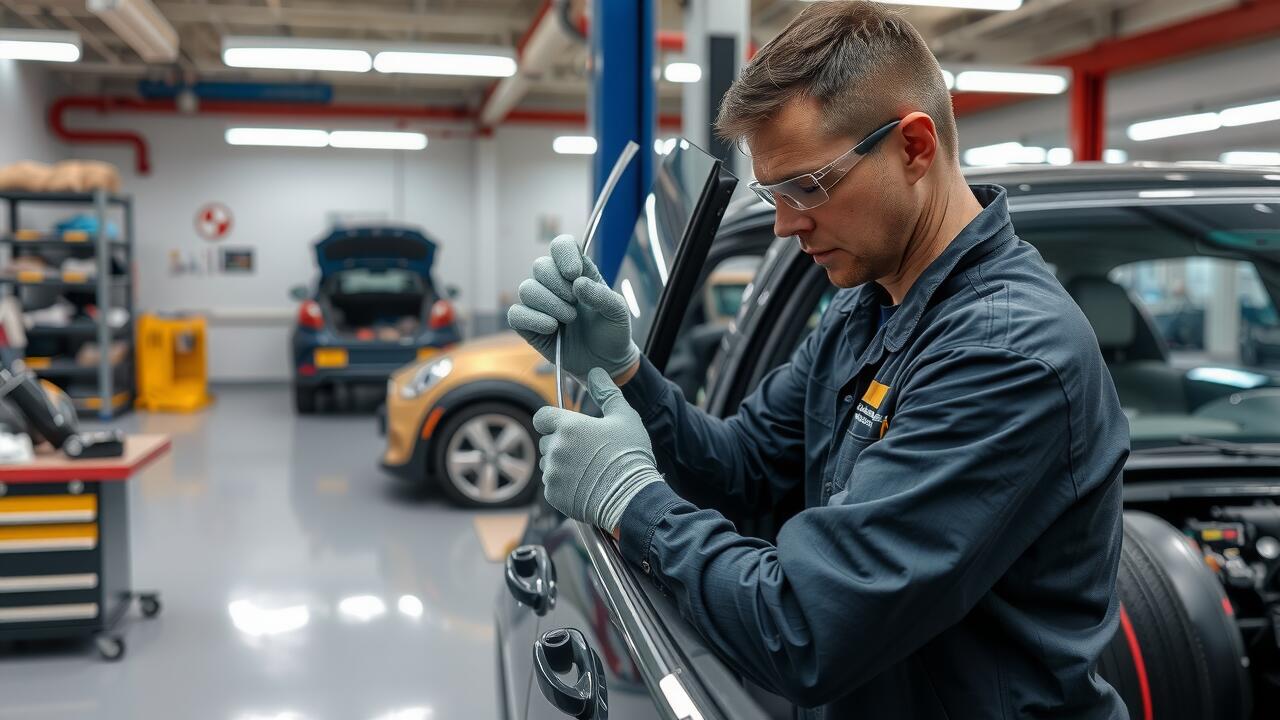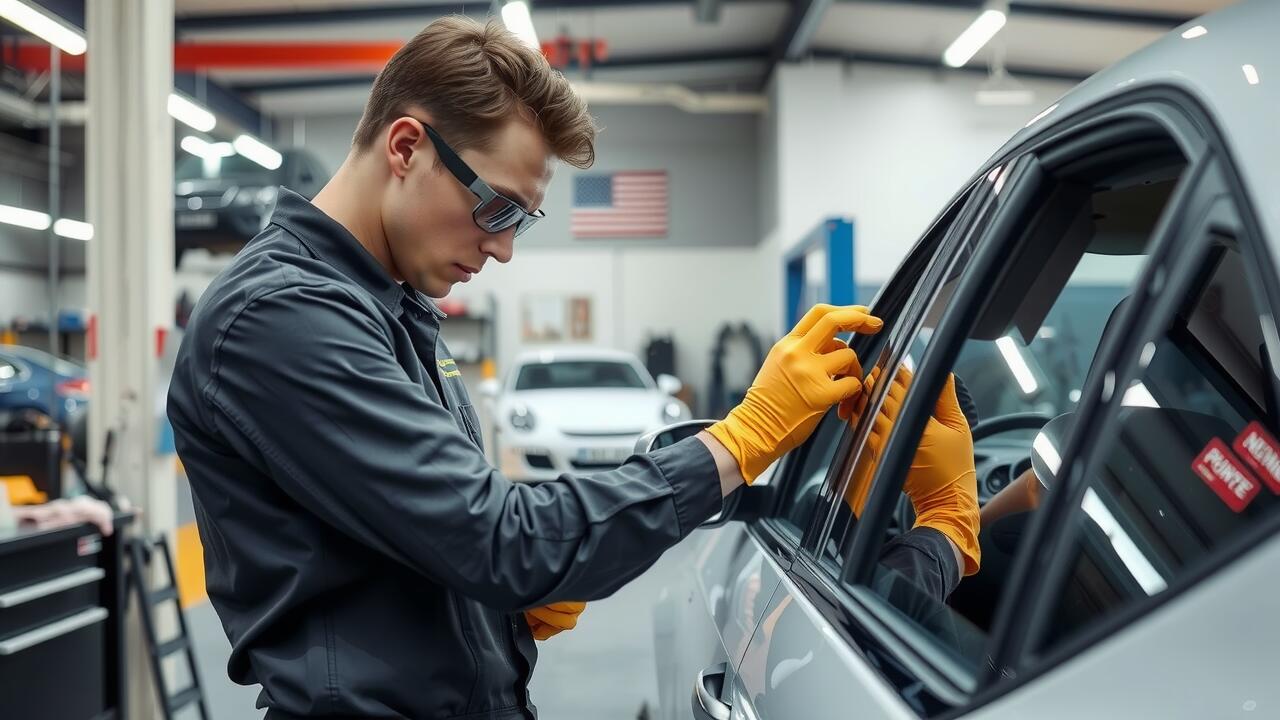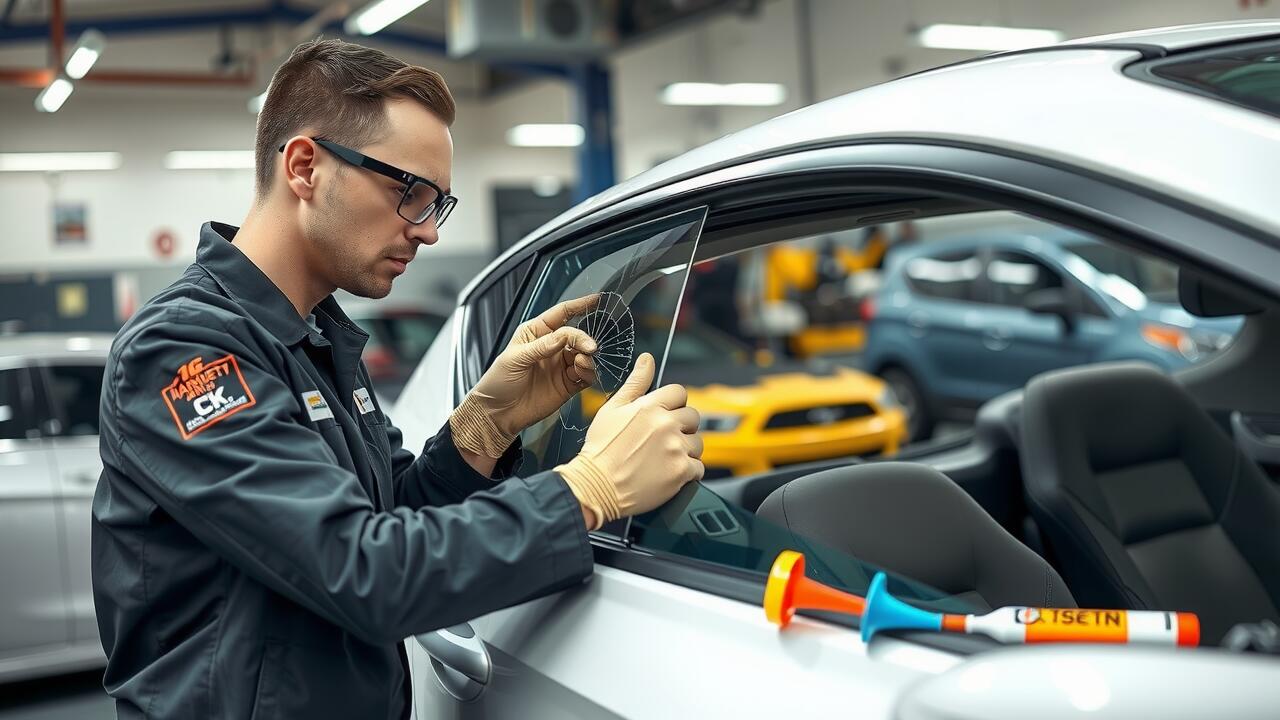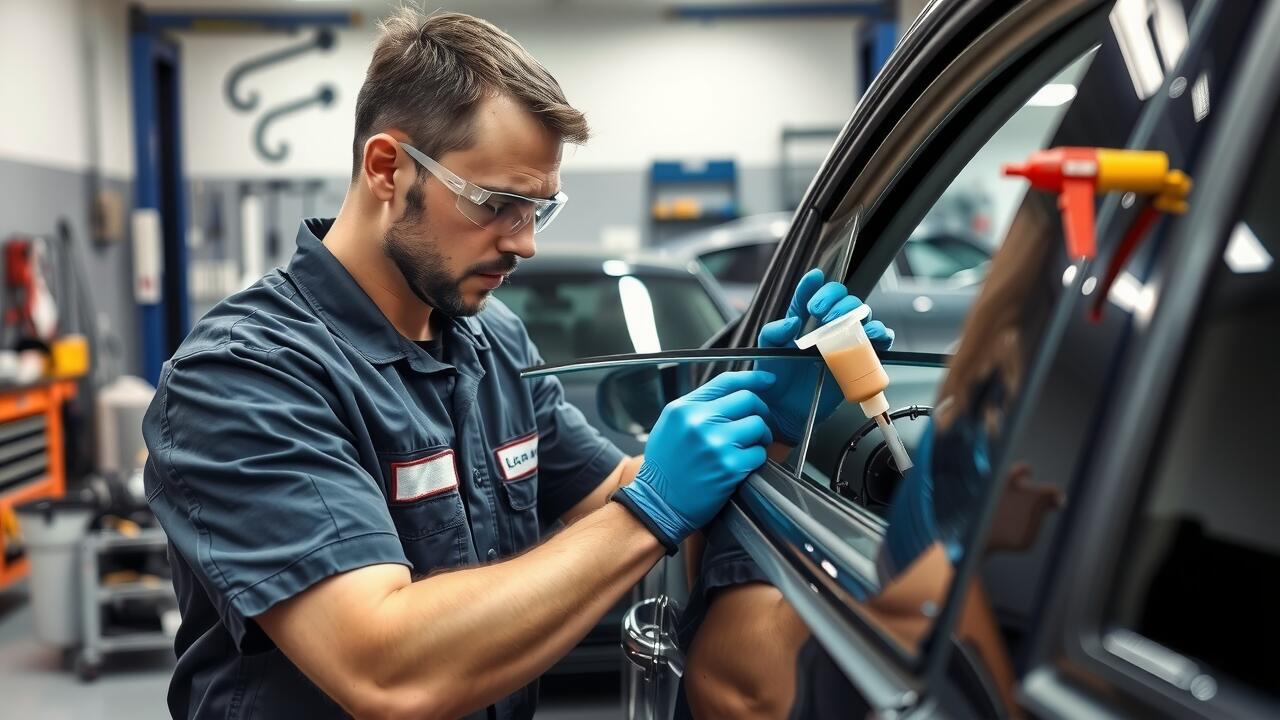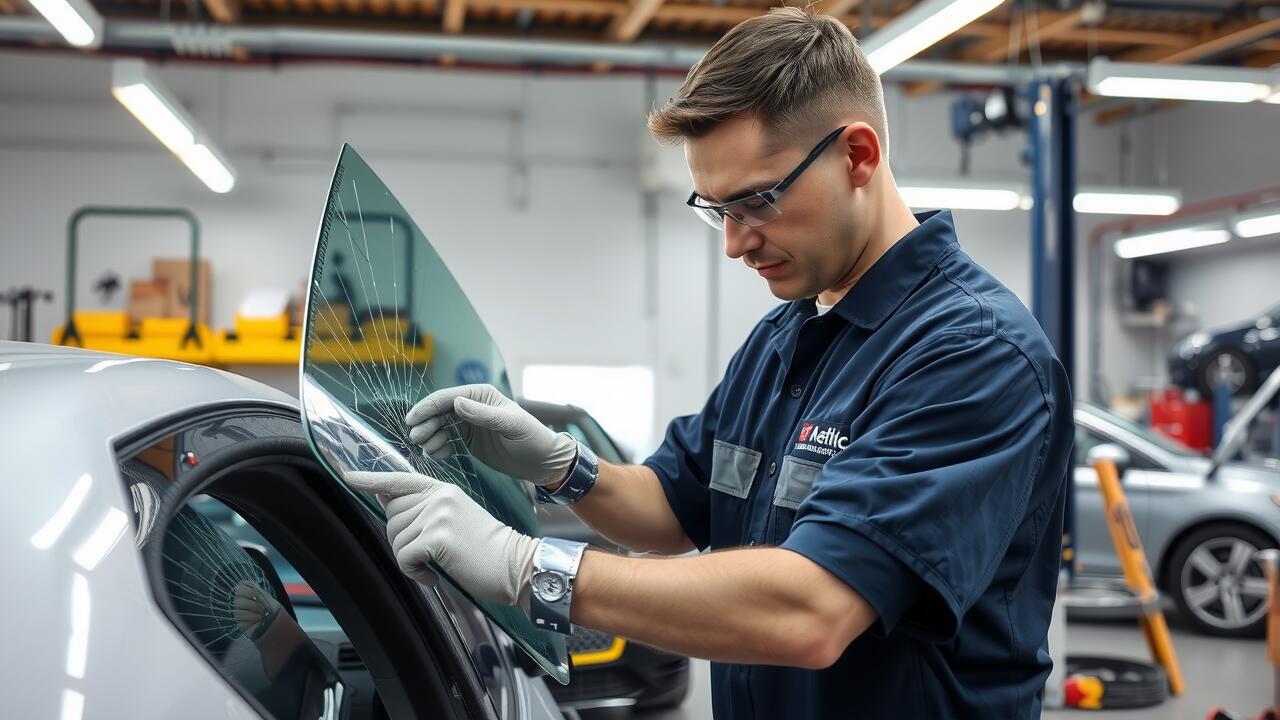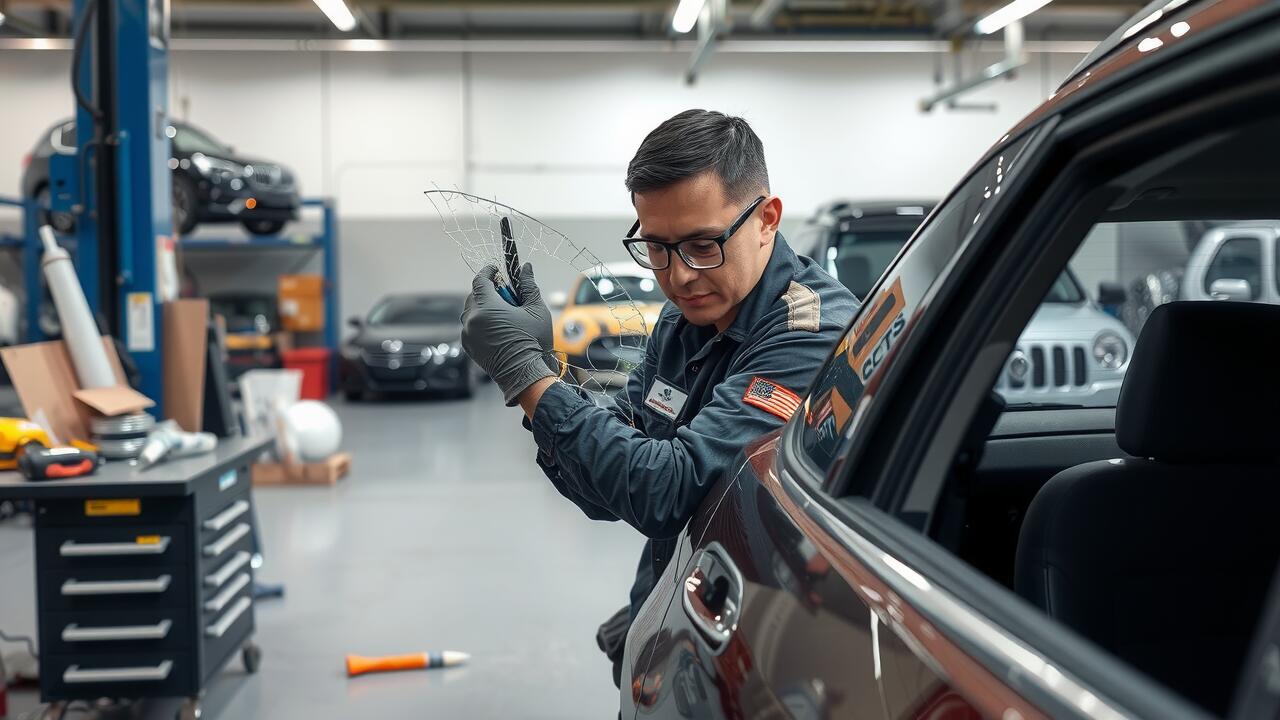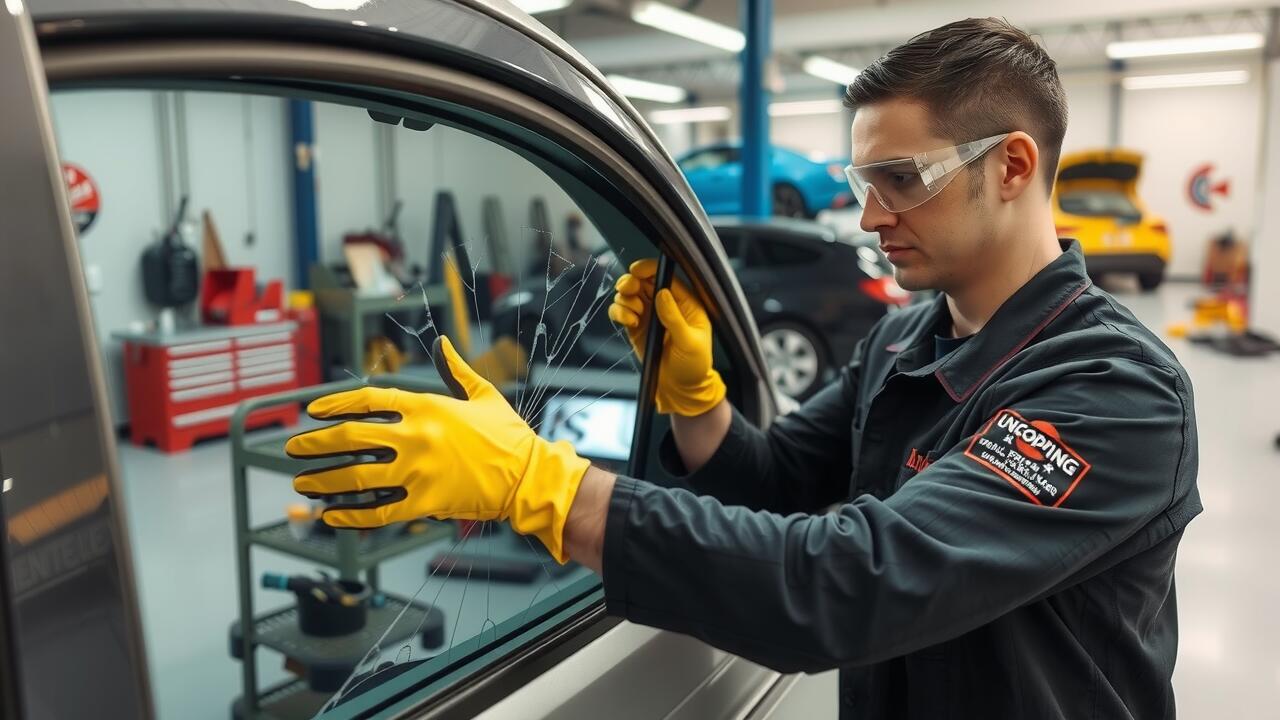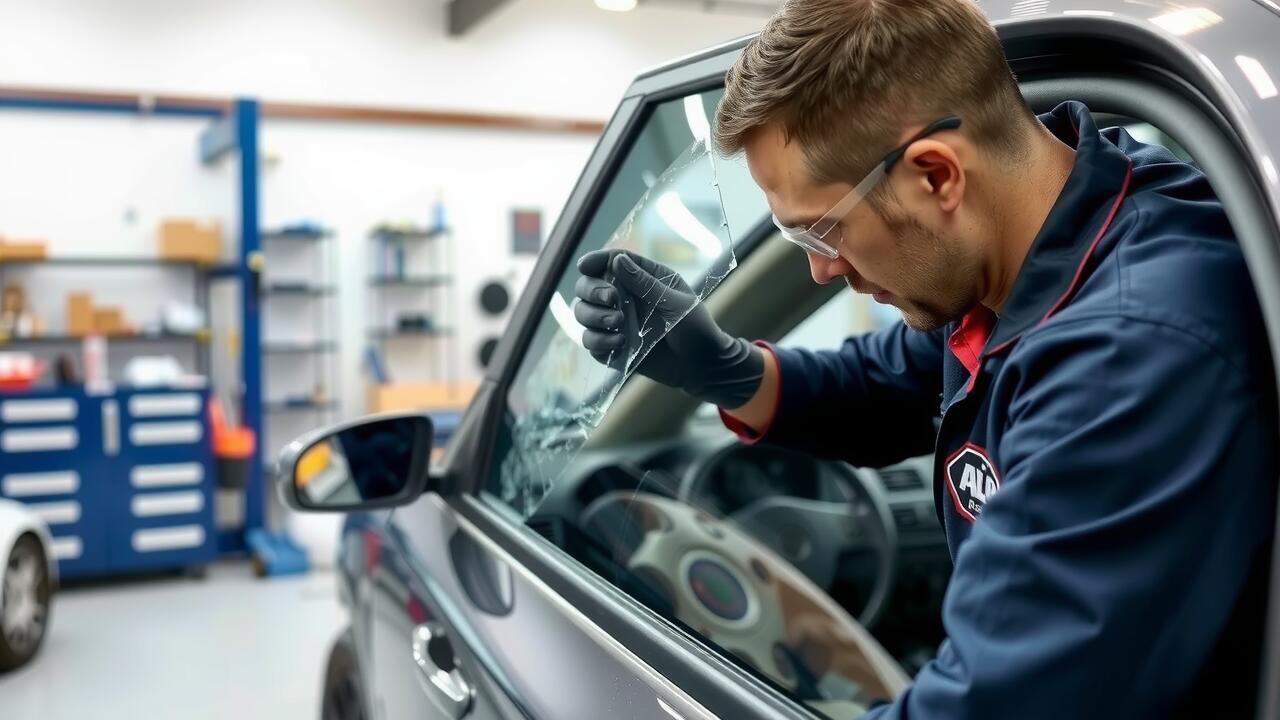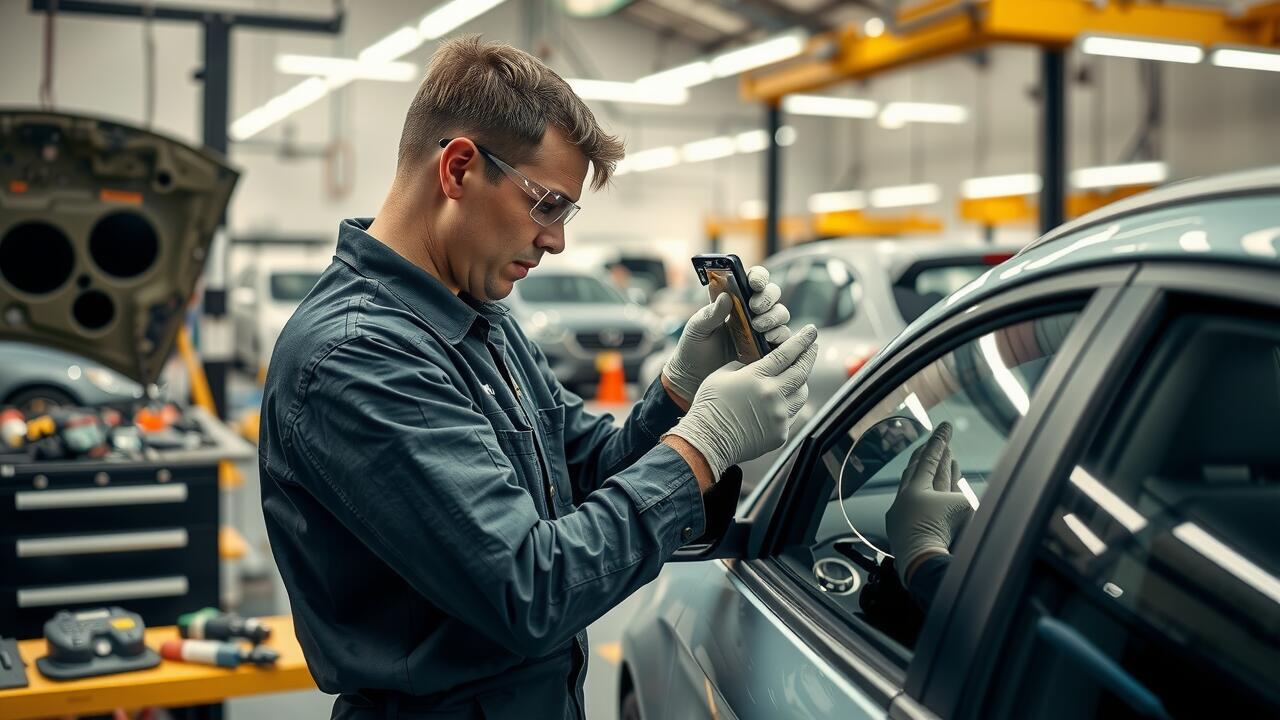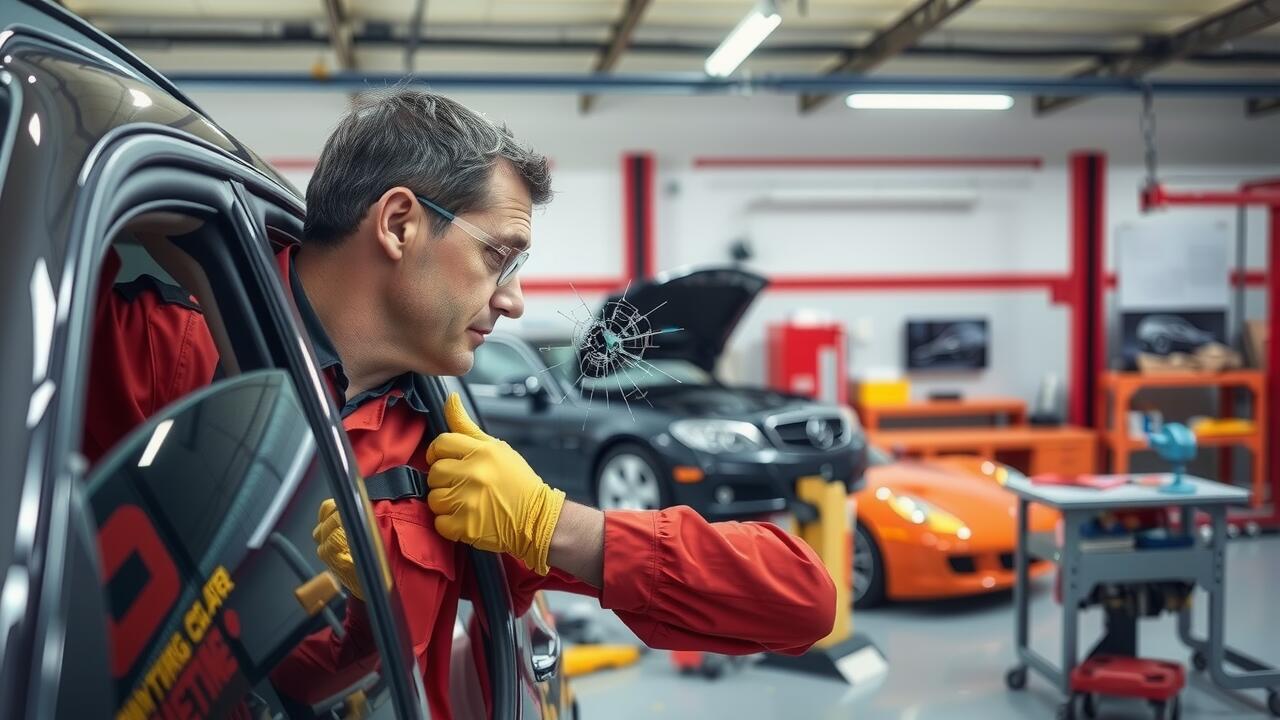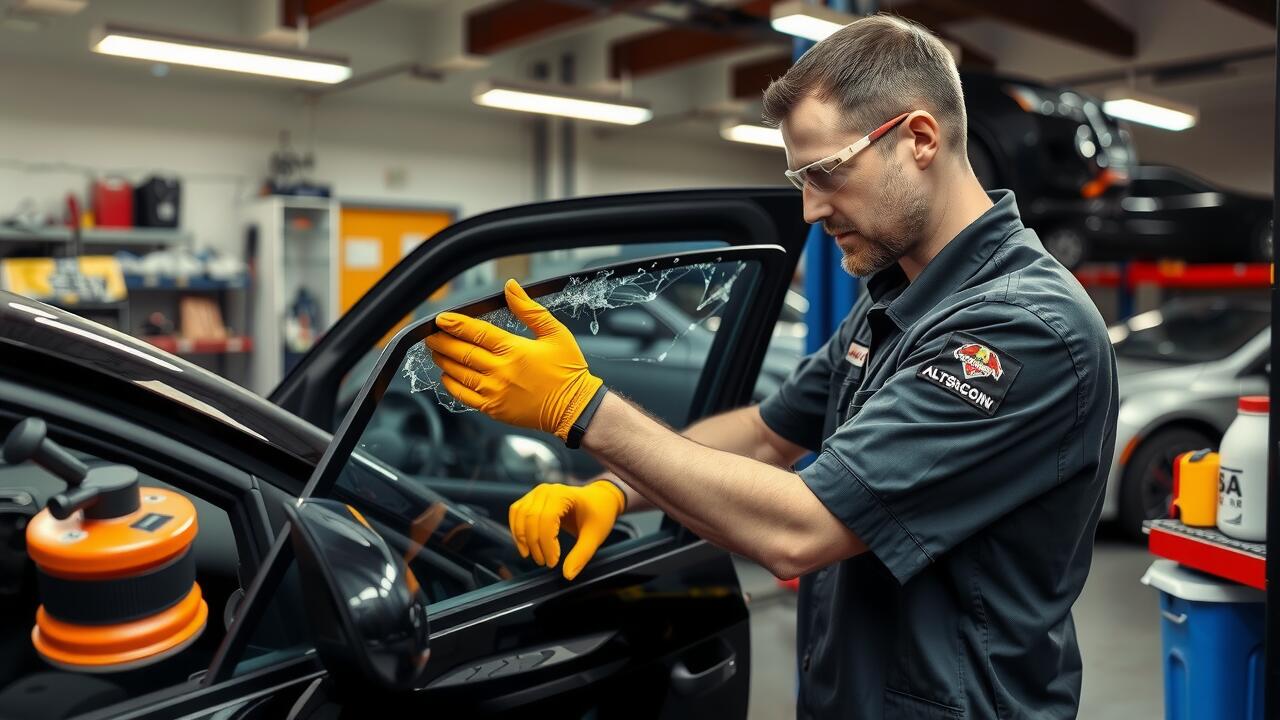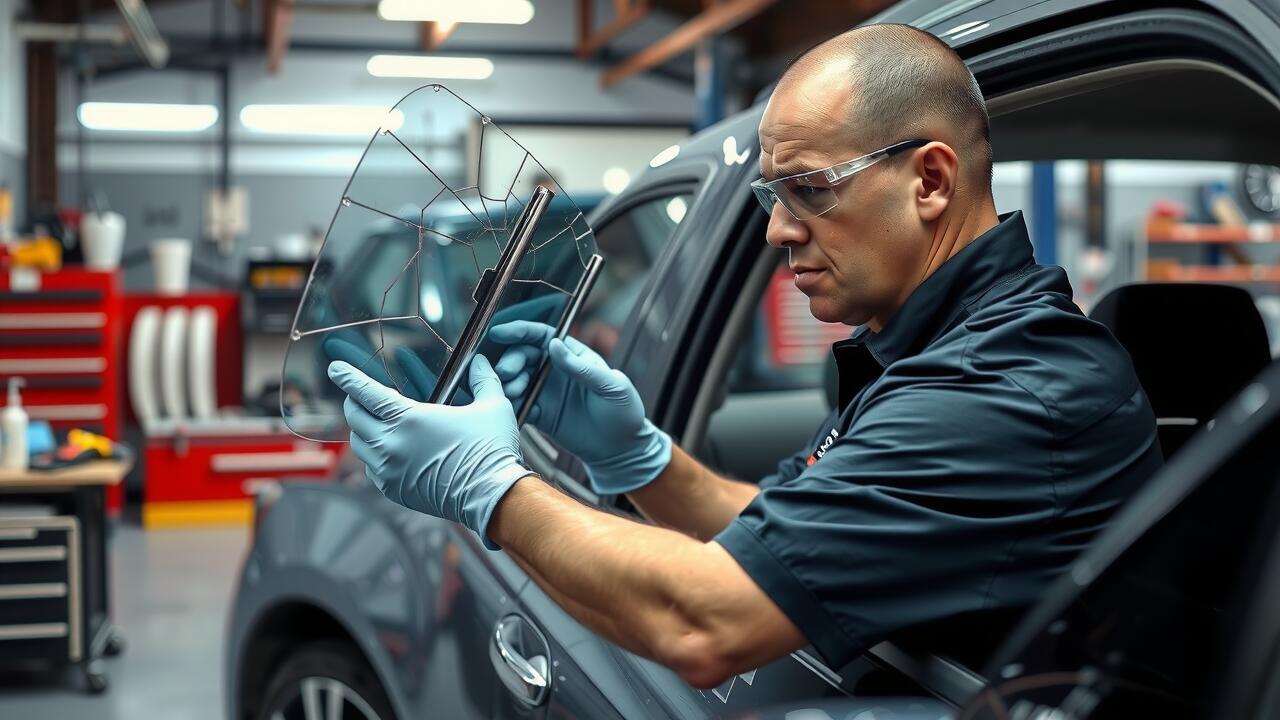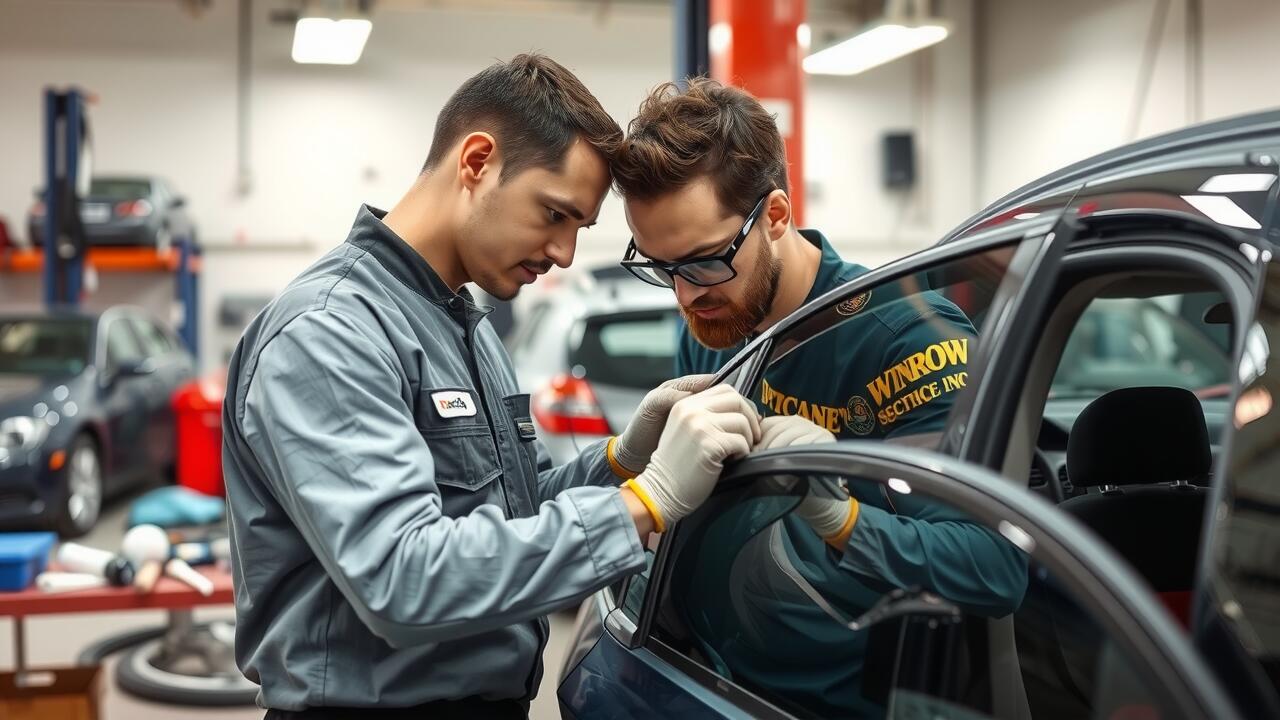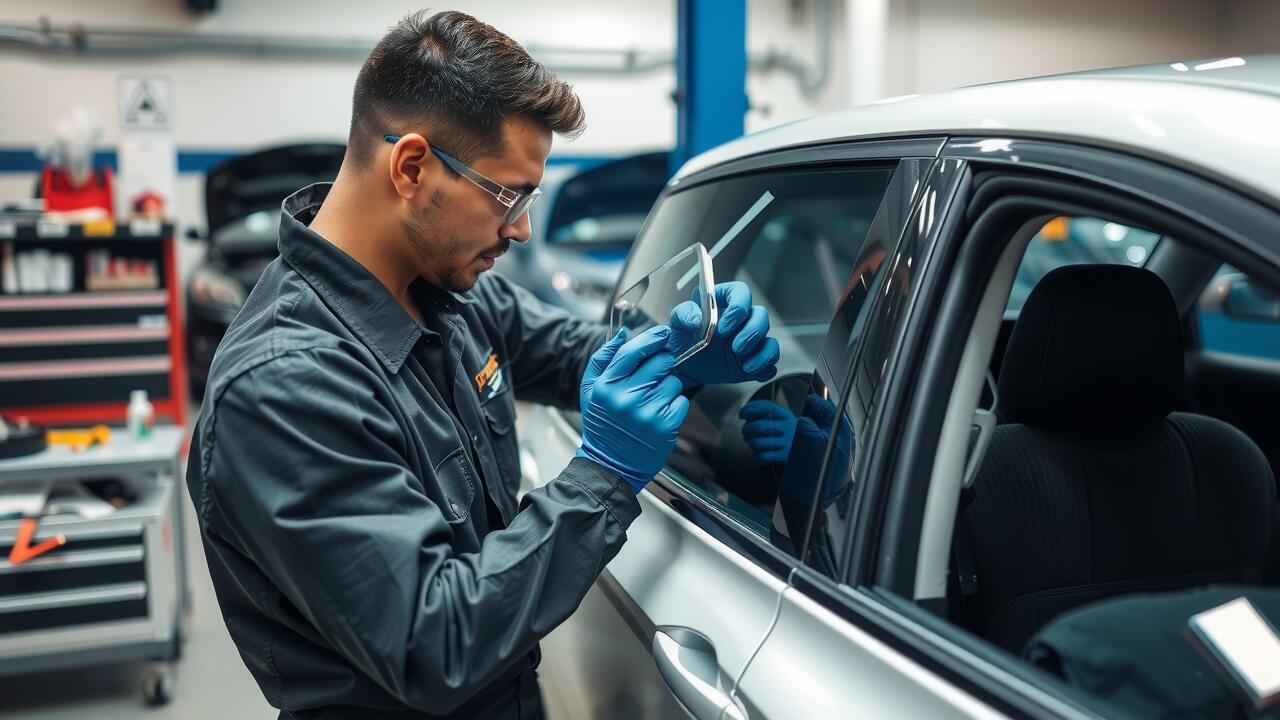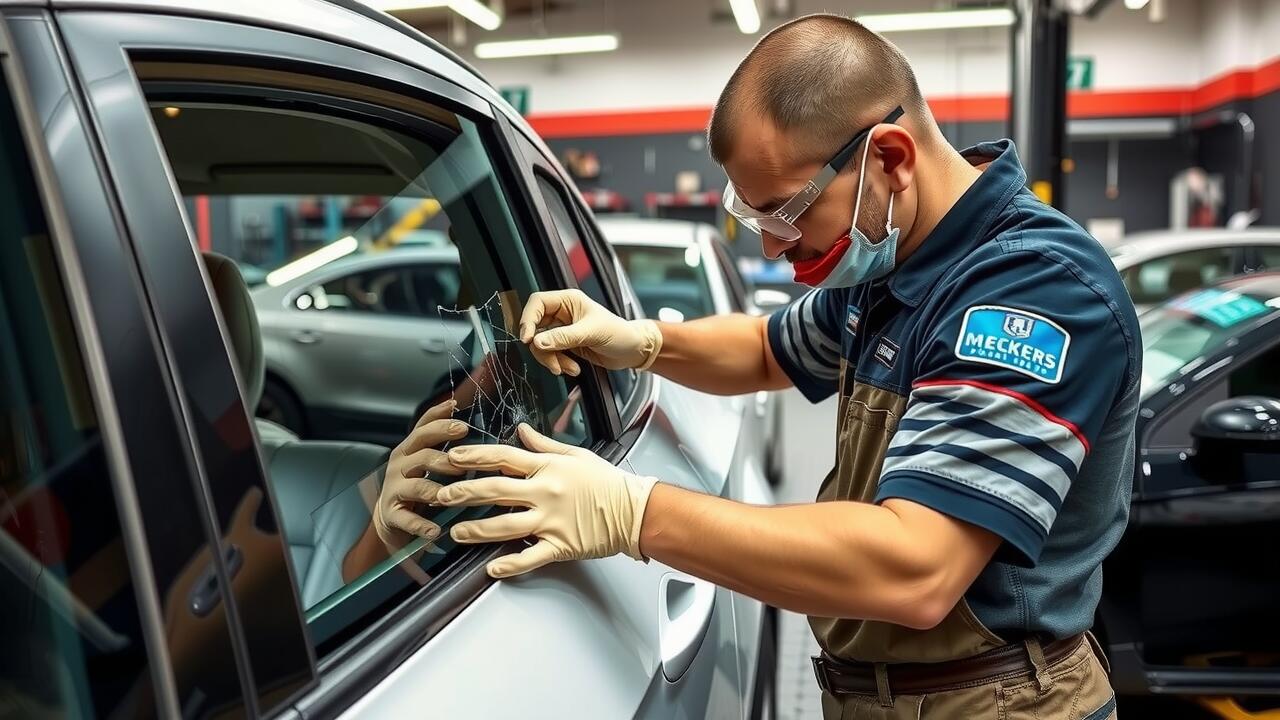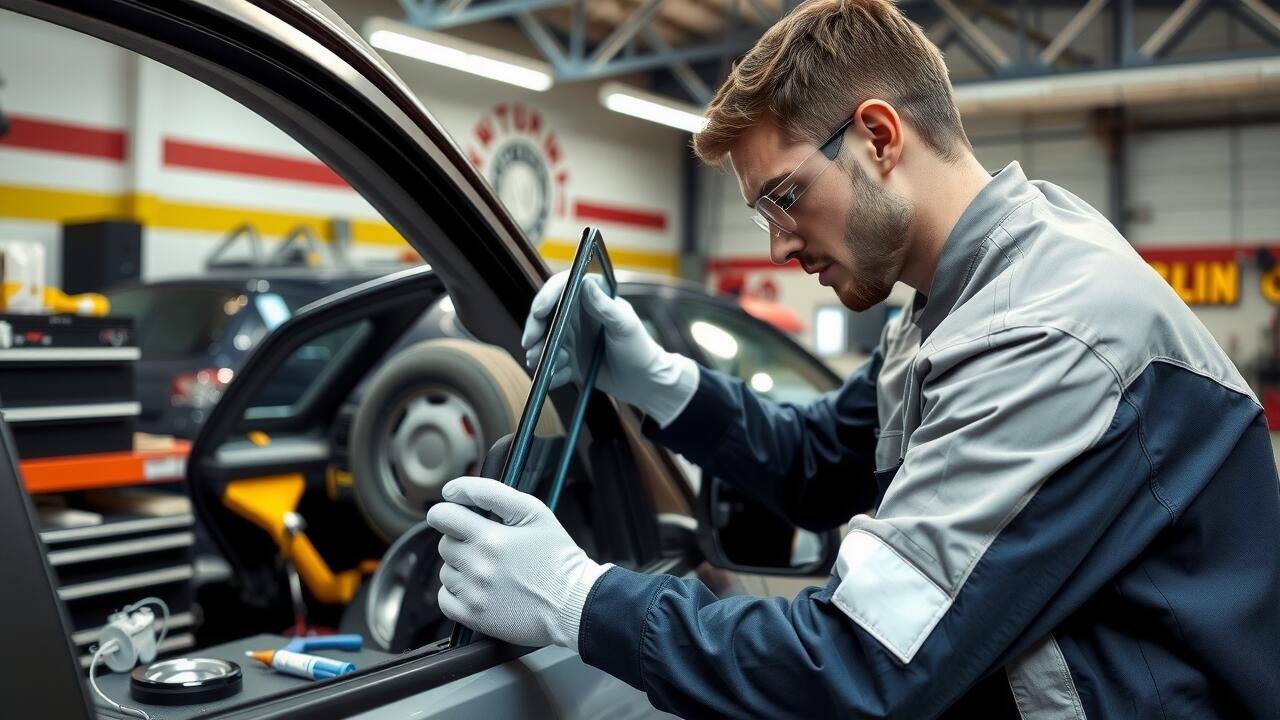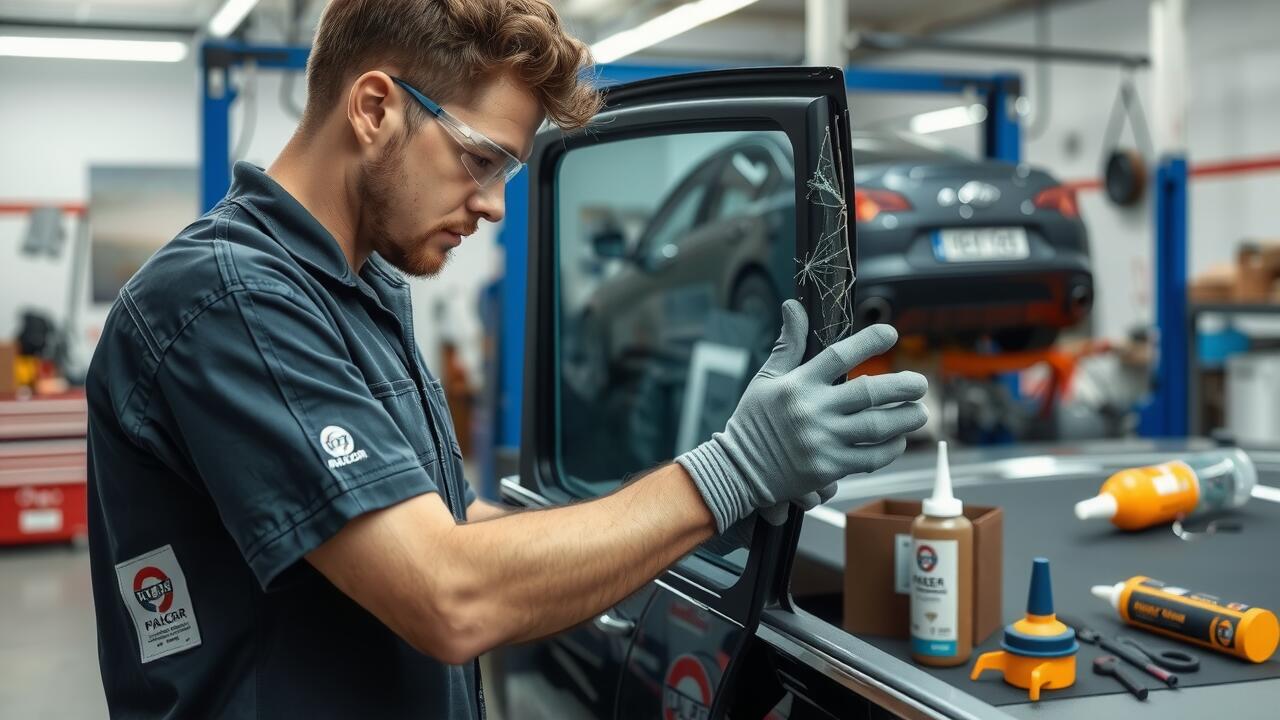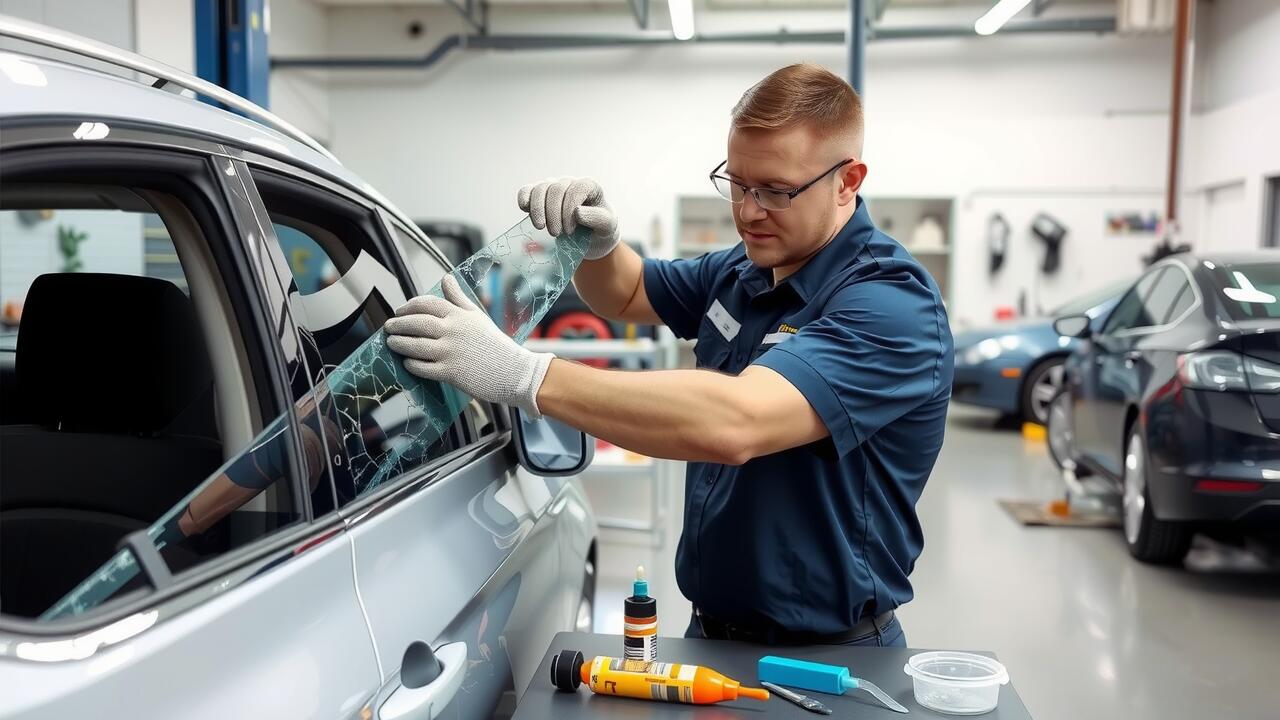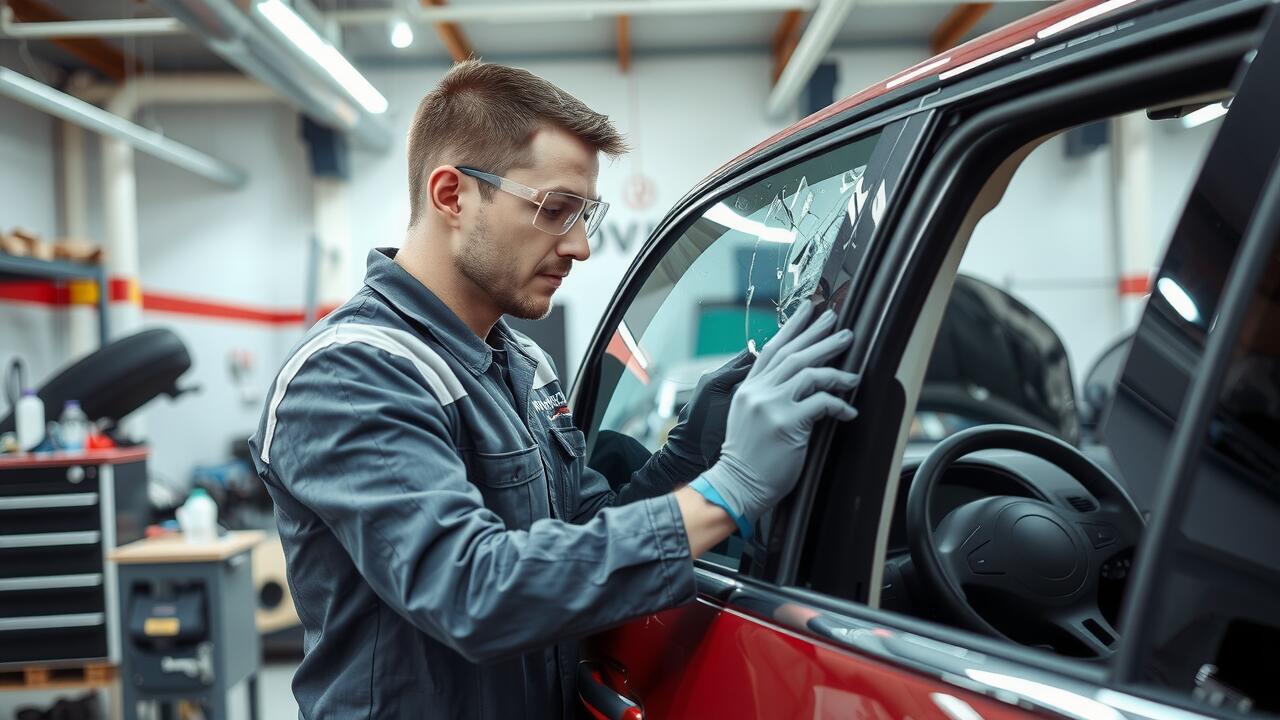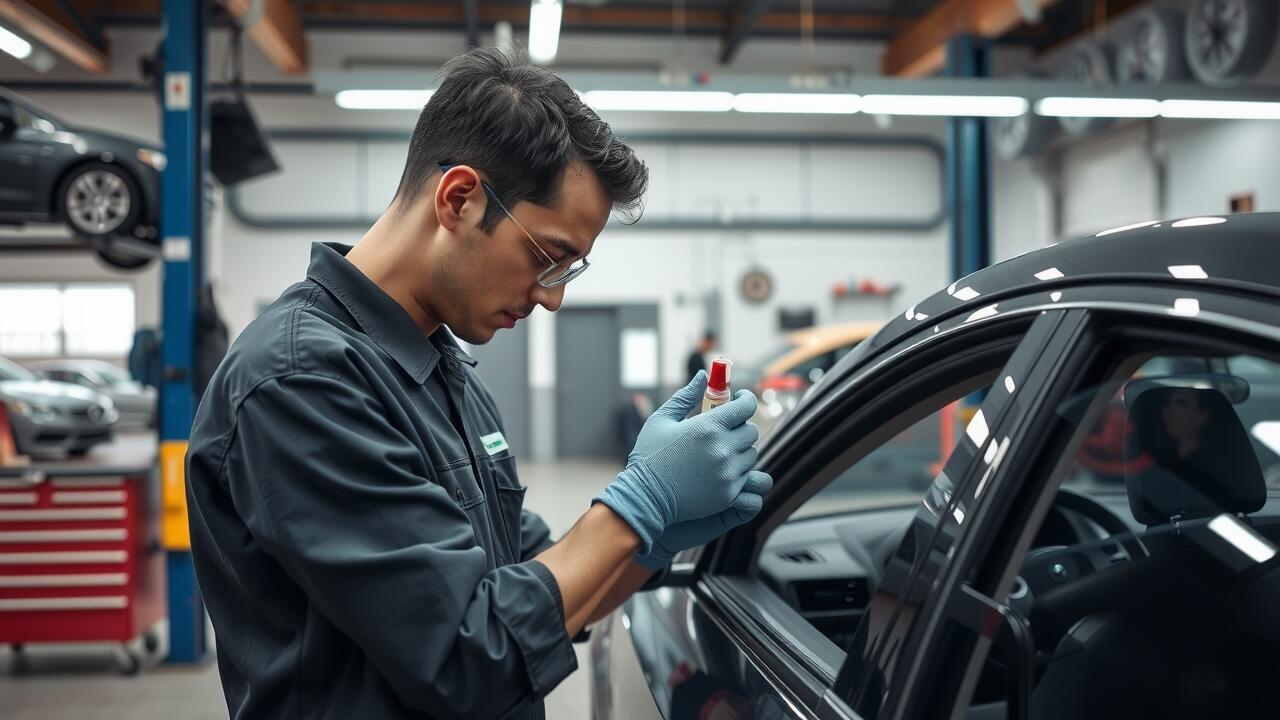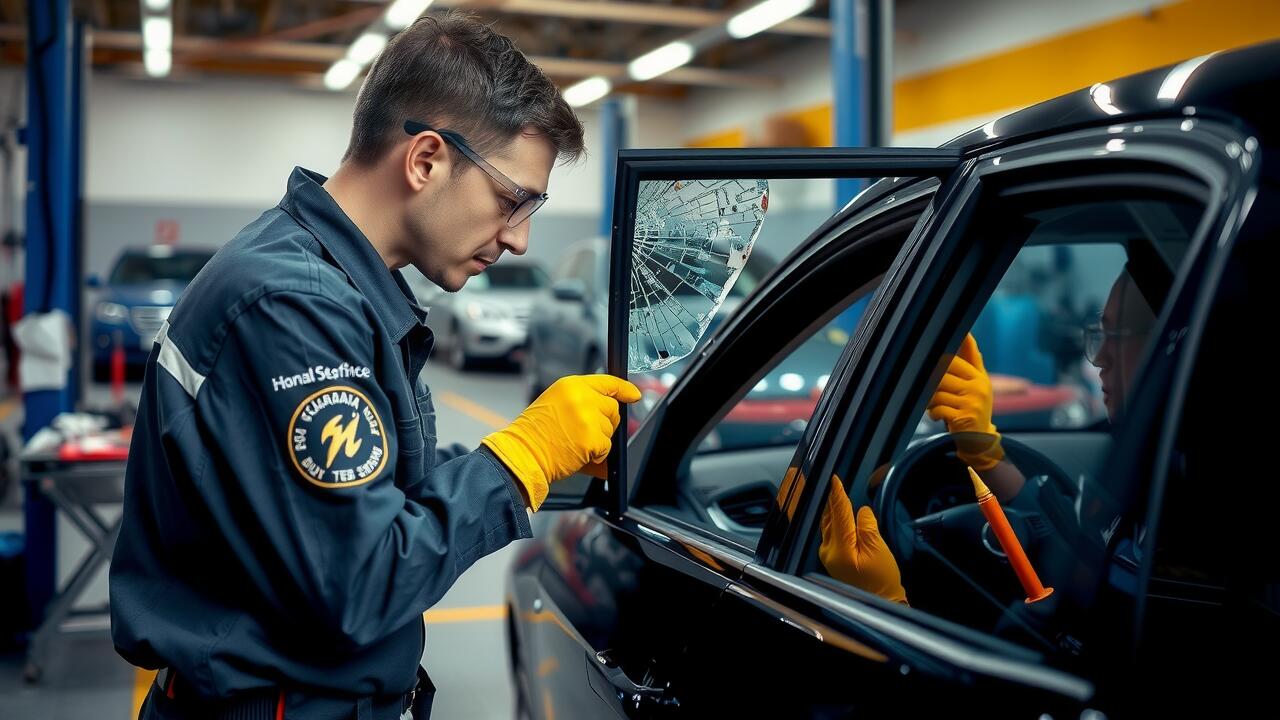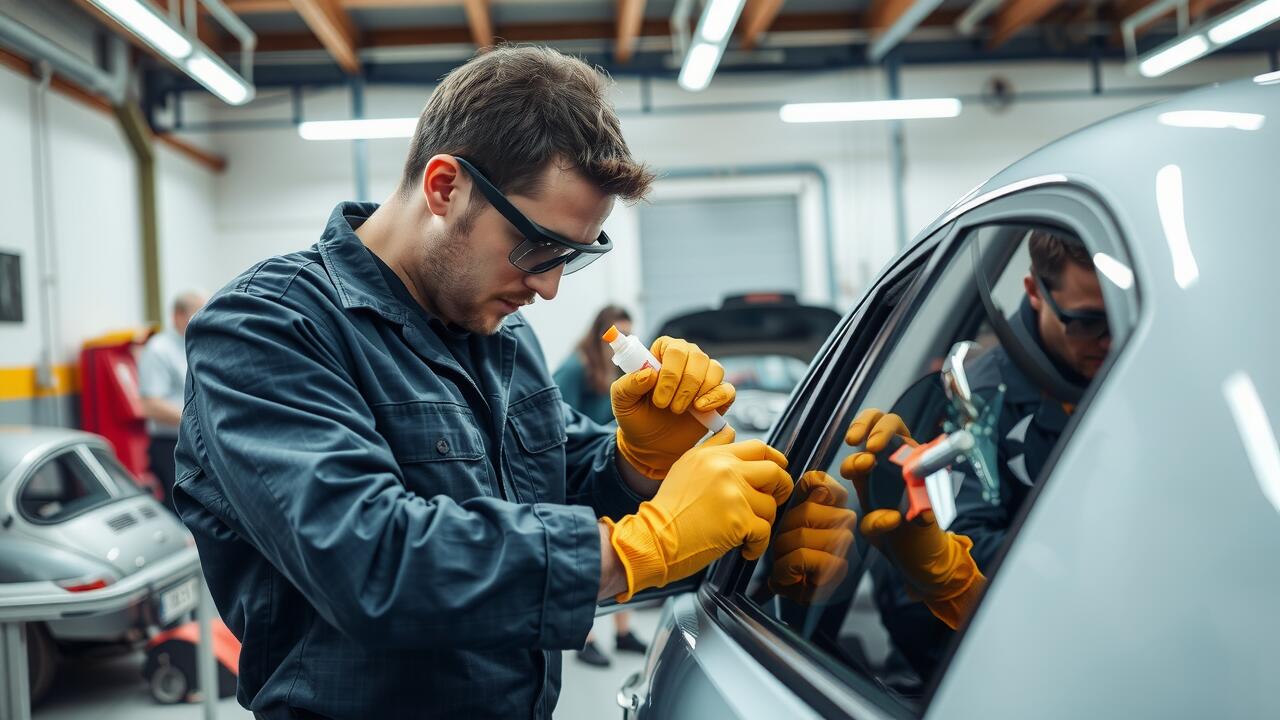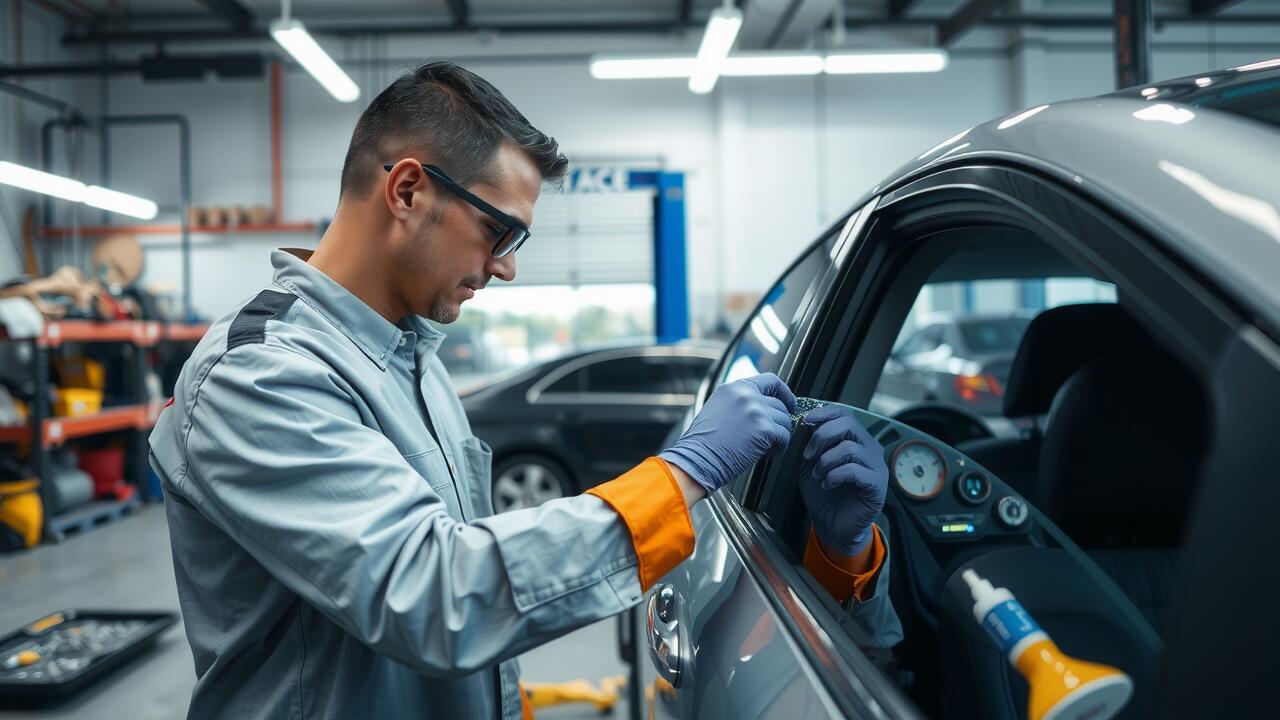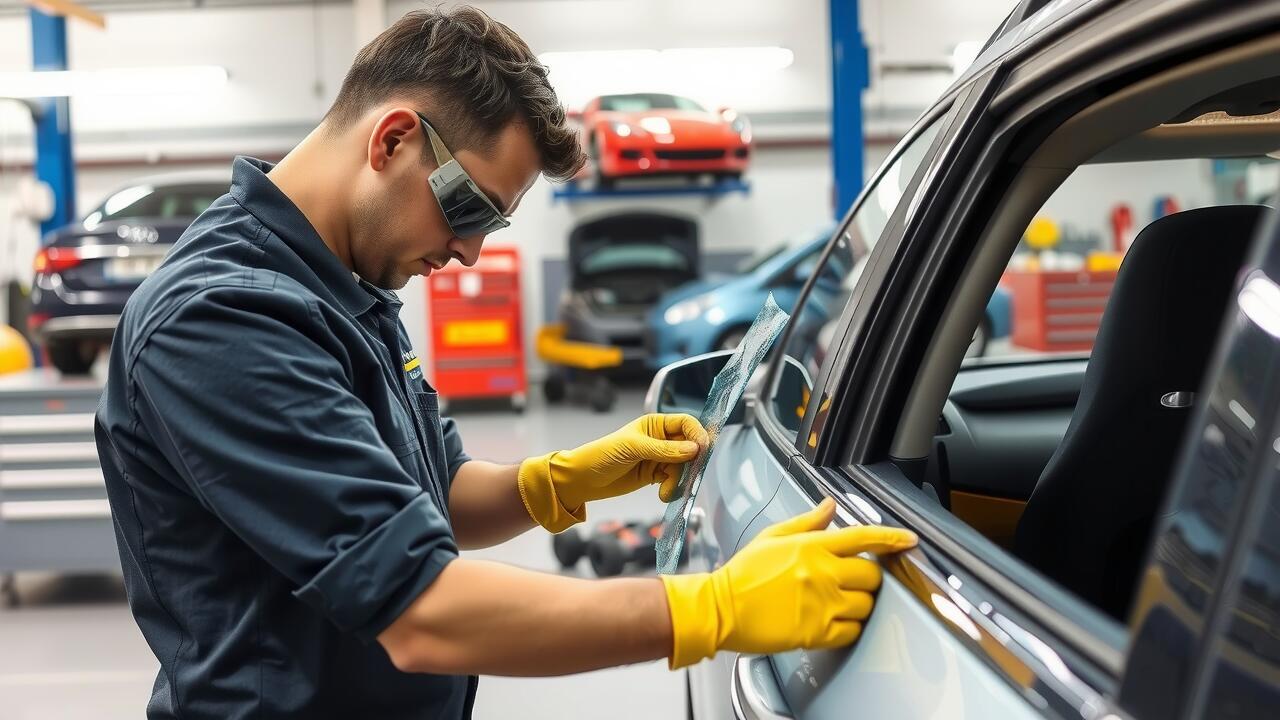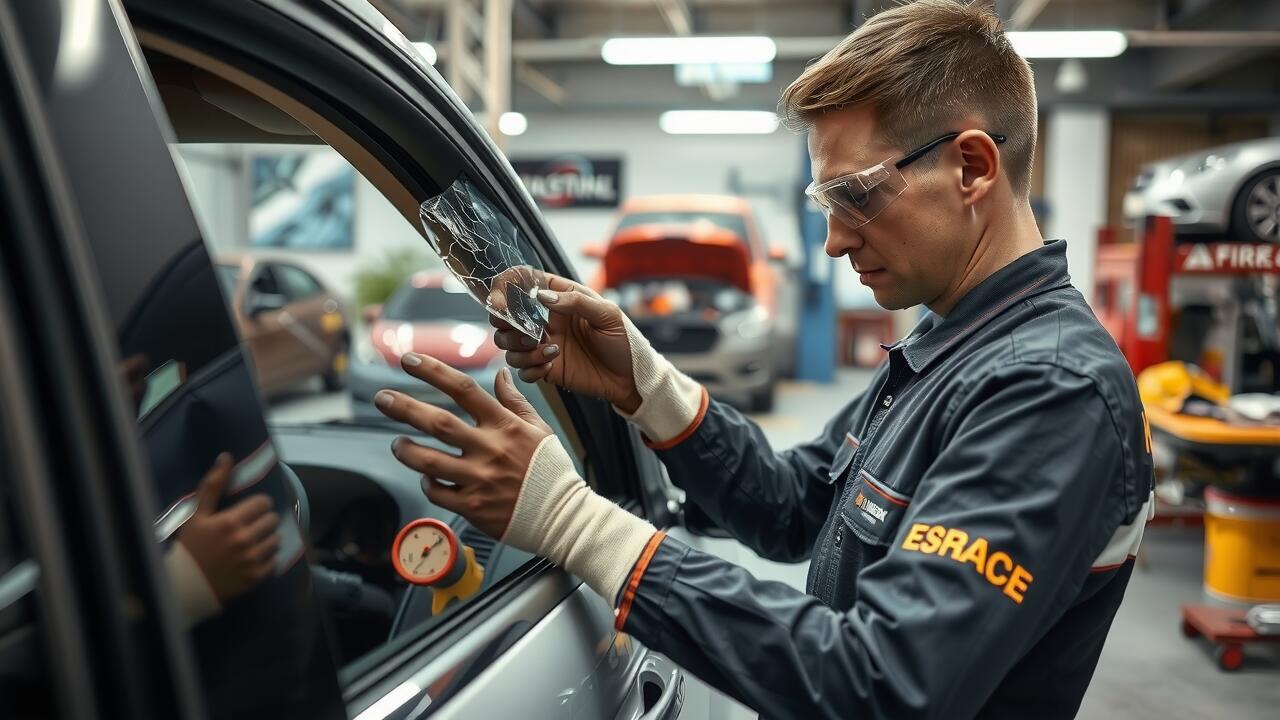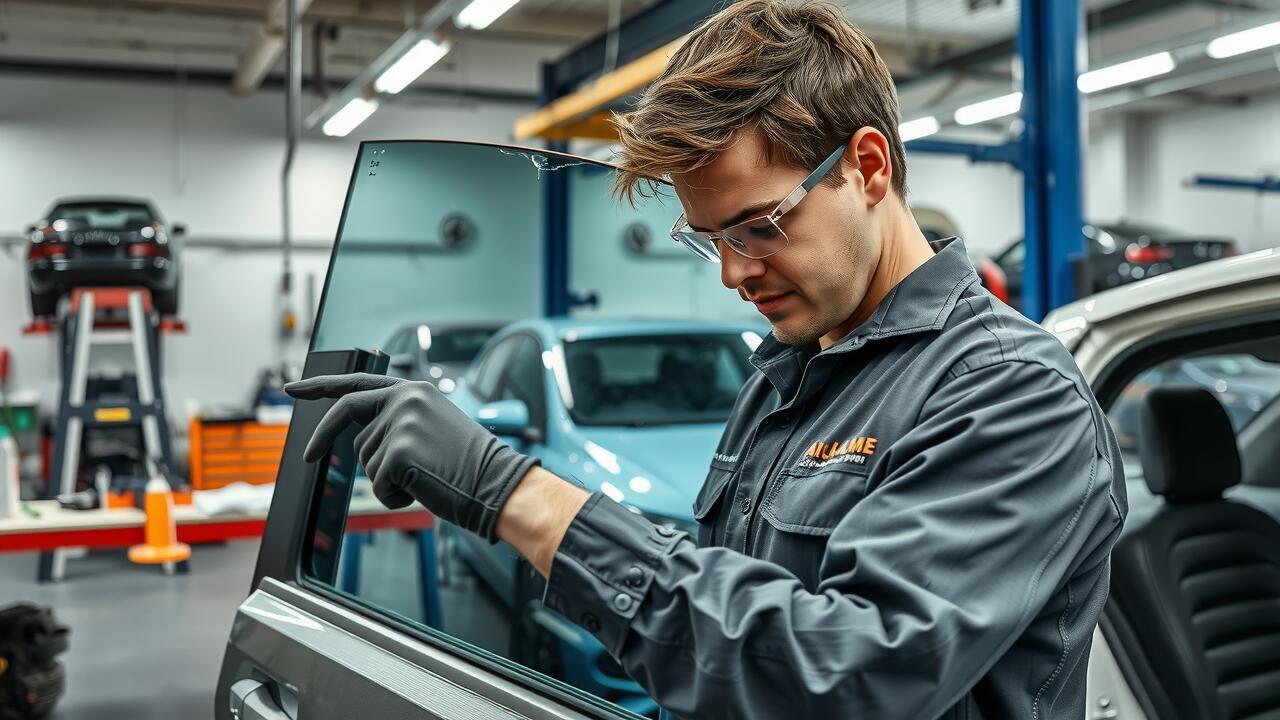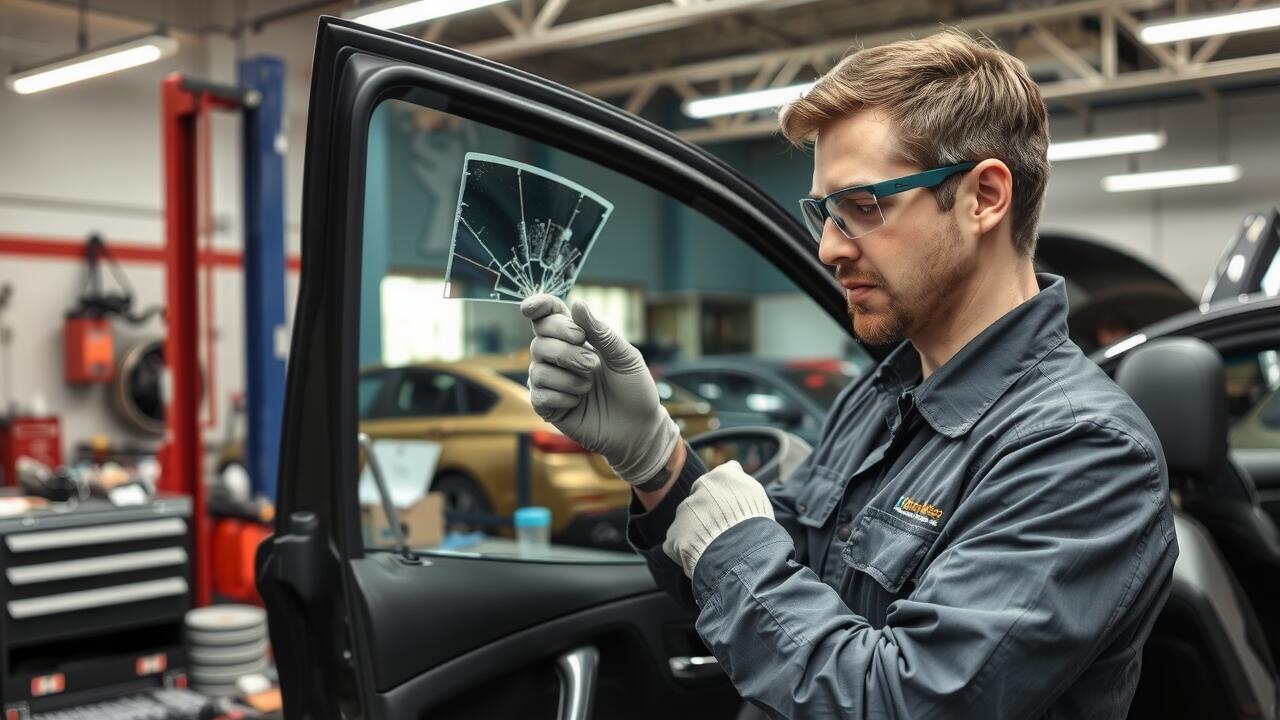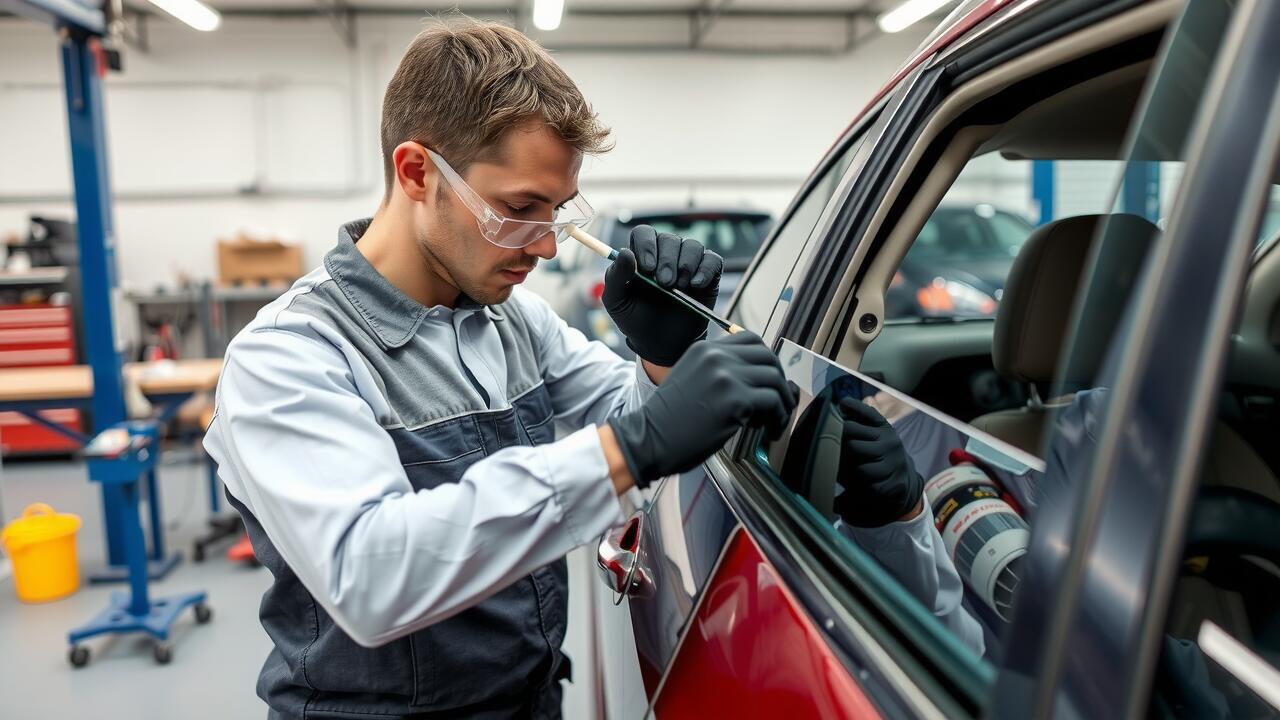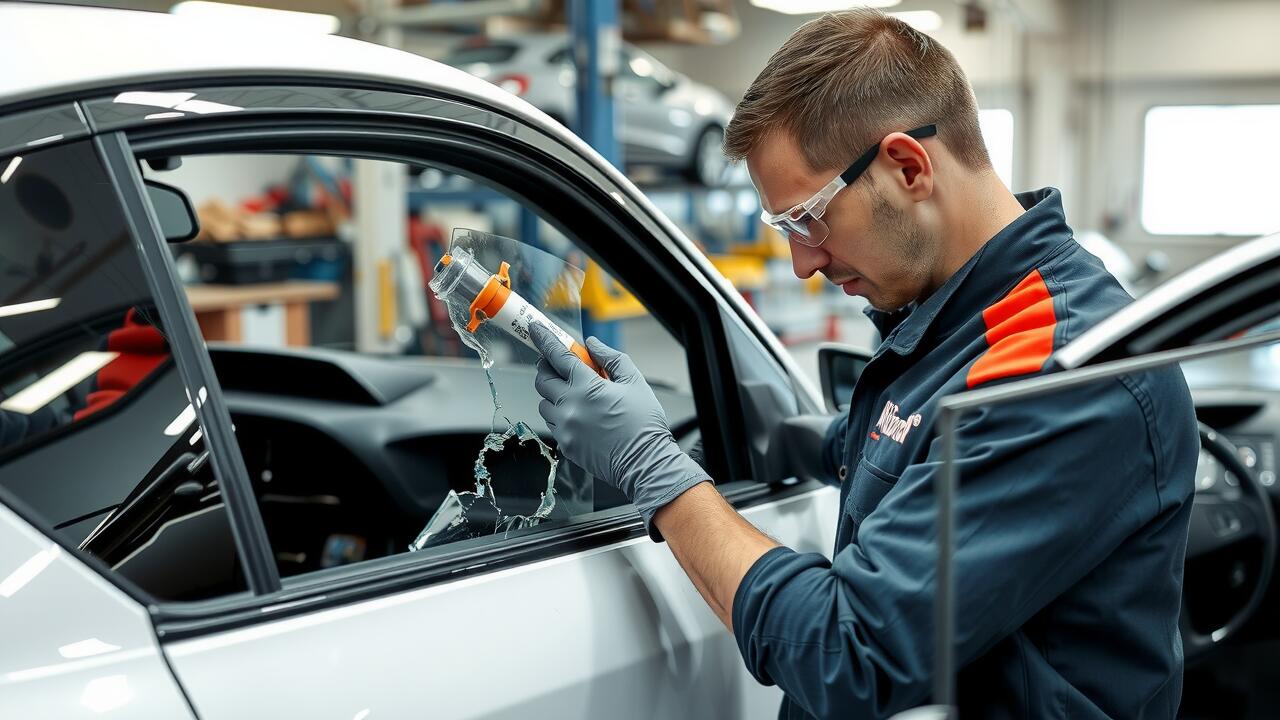
Table Of Contents
Window Motor Failures
When a car's side window fails to go up, one common culprit is the window motor. This small but crucial component is responsible for the up-and-down movement of the window. Over time, the motor can wear out due to regular use or internal faults. In the absence of power, the window may become stuck in the down position, leaving it vulnerable to the elements.
Symptoms of a defective motor include a slow window operation or a complete lack of response when attempting to raise the window. If you notice any unusual noises during operation, such as grinding or clicking sounds, it may indicate that the motor is struggling. Addressing these issues promptly can prevent further damage, making it essential to consider professional Side Window Repair services if motor problems are suspected.
Symptoms of a Defective Motor
When a window motor malfunctions, several noticeable symptoms can arise. One of the most common signs is the lack of movement when the window switch is pressed, which often signifies a complete failure of the motor. Occasionally, the window may move intermittently or respond with a slow or hesitant motion. This erratic behaviour can be invaluable in diagnosing the issue before considering extensive side window repair.
Another indication of a defective motor is audible noise during operation. If the motor is struggling, it might emit grinding or clicking sounds as it attempts to lift the window. Such noises often precede complete failure, suggesting that a replacement could be necessary. Other system components might also contribute to the problem, making it essential to address any signs early to avoid costly repairs down the line.
Age-Related Wear and Tear
As cars age, various components naturally experience wear and tear. The window mechanisms, including regulators and motors, are particularly susceptible to degradation over time. This deterioration can be exacerbated by frequent use, leading to an increased likelihood of malfunctions. When dealing with a side window that refuses to go up, it's often a result of these aged components losing their effectiveness. Regular maintenance can help identify these issues early on, potentially saving on costly repairs.
Rust and debris can also accumulate in the mechanisms, further hindering the movement of the side window. When the parts become corroded or obstructed, the window may struggle to function properly. In cases where the wear is significant, a side window repair may become necessary. Owners should be aware of these age-related issues to ensure timely interventions that keep their vehicles in good working order.
How Wear Affects Window Mechanisms
Over time, the mechanical components of car window systems can experience significant wear and tear. Frequent use can cause the window regulator, the part responsible for moving the window up and down, to become less efficient. The cables and pulleys can fray or break, leading to sluggish operation or complete failure of the window to open or close. When these components start to deteriorate, the chances of a malfunction increase, making side window repair a common necessity for older vehicles.
The materials used in window mechanisms, such as plastic and metal, can also be adversely affected by extended exposure to the elements. Factors like moisture, dirt, and varying temperatures can accelerate the ageing process of these parts. As the lubricants that allow for smooth movement dry out or become contaminated, they can create additional friction in the system, exacerbating wear. If these issues are not addressed promptly, they can lead to more serious problems, underscoring the importance of vigilant maintenance and timely side window repair.
Environmental Factors at Play
Extreme temperatures can significantly affect the operation of car windows. In cold weather, the lubricants within the window mechanism can become thick and sluggish, making it difficult for the motor to lift or lower the glass. Similarly, high temperatures can lead to the expansion of components, causing them to stick or jam. These environmental factors can create additional stress on the window motor and track, potentially leading to failures that necessitate a Side Window Repair.
Moisture and debris also play crucial roles in window functionality. Rain, snow, and humidity can cause rust or corrosion within the window assembly, further disrupting the smooth operation of the glass. Dirt and grime can accumulate in the tracks and seals, creating blockages that hinder movement. When these issues arise, it may not only affect the immediate performance of the window but could also result in more significant damage, requiring professional attention for a Side Window Repair.
Temperature and Its Impact on Window Operation
Extreme temperatures can significantly affect the performance of car windows. In colder weather, the lubricants in the window mechanisms can thicken, leading to increased resistance when trying to raise or lower the window. This can often cause the window to jam or move sluggishly. Conversely, in high heat, the materials in the window seals may expand, resulting in misalignment or warping. In both cases, issues can arise that necessitate Side Window Repair to restore functionality.
Moisture can also play a role in window operation, particularly in colder climates where it can freeze around the window seals and mechanisms. When the ice forms, it can prevent the window from moving smoothly within its track. Regular maintenance becomes crucial in these conditions to prevent long-term damage. Be mindful that environmental factors can create the need for repairs that, if left unaddressed, may lead to more significant issues down the line.
FAQS
What are common symptoms of a defective window motor?
Common symptoms include the window not responding when the switch is pressed, unusual noises when attempting to operate the window, or the window only moving partway up or down.
How does age-related wear and tear affect my car's window mechanism?
Age-related wear can lead to frayed cables, rusted components, or weakened motors, causing the window to operate slowly or not at all.
Can extreme temperatures impact the operation of my car's side window?
Yes, extreme heat can cause window seals to become sticky or the motor to overheat, while extreme cold can lead to frozen mechanisms, both of which may prevent the window from functioning properly.
What should I check if my side window won't go up?
Check the window switch for functionality, inspect the fuse related to the window system, and ensure there are no obstructions in the window's path.
Is it safe to drive with a window that won't go up?
It is generally not safe to drive with a window that won't go up, especially in adverse weather conditions or for security reasons. It's best to address the issue as soon as possible.
